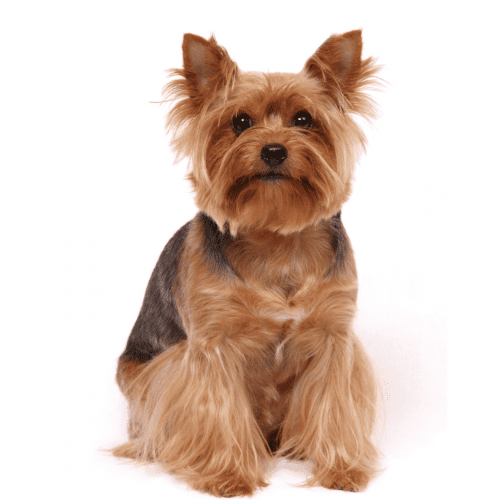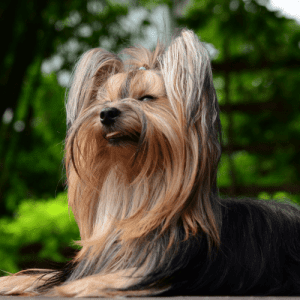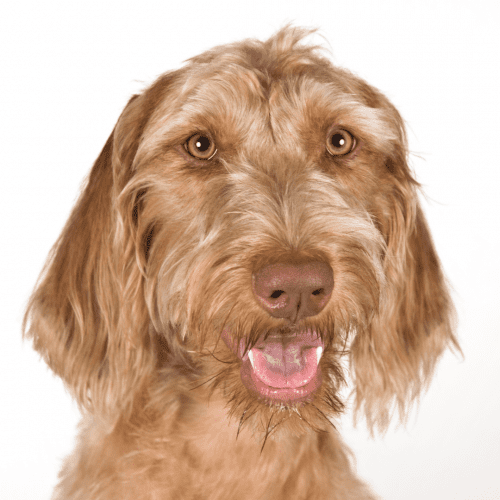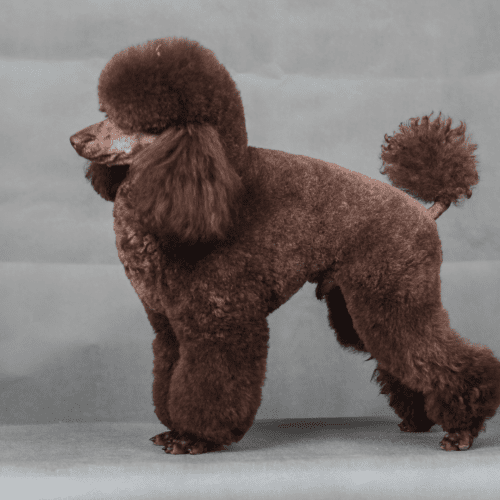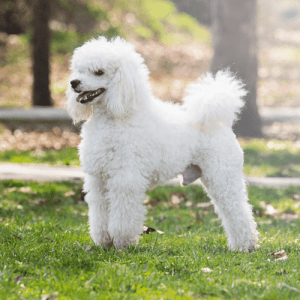
What Is The History Of The Affenpinscher Dog Breed?
The Affenpinscher is a small German breed of dog. The name “Affenpinscher” means “monkey-like terrier.” They are also called the Monkey Dog, the Monkey Pinscher, the Monkey Terrier, and the Mustachioed Little devil. The Affenpinscher is a descendant of the German Smooth Fox Terrier and was used in Germany to hunt rats and mice. In the early 1800s, they were also used as watchdogs on farms. By the late 1800s, they had become popular pets in Germany and were also found in other parts of Europe. In 1926, the Affenpinscher Club of America was founded, and the American Kennel Club recognized the breed in 1936. Today, the Affenpinscher is a popular companion dog and does well in homes with children and other pets. They are intelligent, playful, and affectionate dogs that make great family companions.
What Does An Affenpinscher Look like?
The Affenpinscher has a rough, shaggy coat that is usually black but can also be tan, grey, silver, red, or beige. The hair on the head and face is generally longer and wiry than the rest of the body, giving the dog an unmistakable “monkey-like” appearance. These dogs do not shed much, making them a good choice for people with allergies. Grooming needs are minimal, but the coat should be brushed regularly to prevent mats from forming.
How Big Is An Adult Affenpinscher?
The average Affenpinscher is about 9.1-12 inches tall and weighs 6.4-13 pounds. Male Affenpinschers are typically larger than females, but both sexes are small dogs. Affenpinschers have a compact, muscular build, and they are slightly longer than they are tall. Their coat is dense and rough, with a thick undercoat that helps to keep them warm in colder weather. Although they are small dogs, Affenpinschers are lively and active. They enjoy playing and exploring, and they make great companion pets.
Are There Other Dog Breeds Related To The Affenpinscher?
Many other dog breeds are in the same kennel Pinchschers category to the Affenpinscher, including the Miniature Pinscher, Doberman Pinscher, German Pinscher. Even though, the Affenpinscher breed share common ancestry with other pinschers, the Affenpinscher shares many of the same physical and personality traits of terriers.
What Is The Life Expectancy Of An Affenpinscher?
The average lifespan of an Affenpinscher is 10 to 12 years. This typical of pure breed dogs but a little shorter life expectancy than other dog breeds this size. The Affenpinscher is a relatively healthy breed with few major health concerns. Some health issues seen in the breed include trachea collapse, hip dysplasia, patellar luxation, and are prone to fractures.
Can An Affenpinscher Be Trained?
Yes, an Affenpinscher can be trained to do a variety of things. They are intelligent dogs and can be taught basic obedience commands like sit, stay, come, and down. With consistent training, they can also learn more complex tricks. Some Affenpinschers have even performed agility courses and other dog sports. While they may not be the easiest breed to train, it is certainly possible with patience and positive reinforcement techniques.
What Are Some Interesting Facts About An Affenpinscher?
1. Affenpinschers are known for their “monkey-like” features, including their small size, big eyes, and long tails.
2. Affenpinschers are also known for being spunky and lively dogs.
3. The Affenpinscher is one of the oldest breeds of toy dogs, with records dating back to the 17th century.
4. Although they are small dogs, Affenpinschers can be stubborn and willful. With training can be great family dogs.
5. Affenpinschers typically live 10-12 years.
How Does An Affenpinscher Interact With People?
The Affenpinscher is a lively, playful, and curious little dog. They are very attached to their family and love spending time with them. They can be quite protective of their family and may bark at strangers. They are intelligent dogs and can be trained to do tricks. They get along well with older children and other pets. Affenpinschers can be territorial with toys and food so are not recommended around small children.
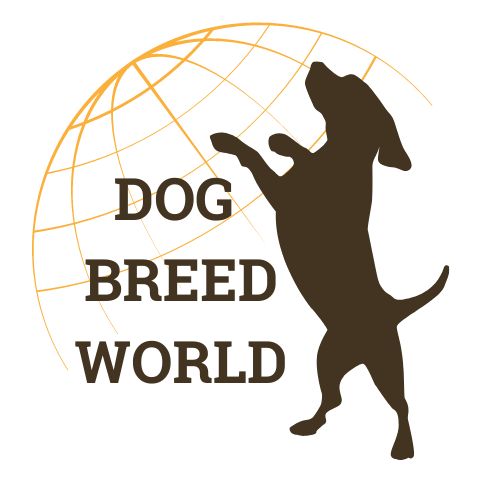

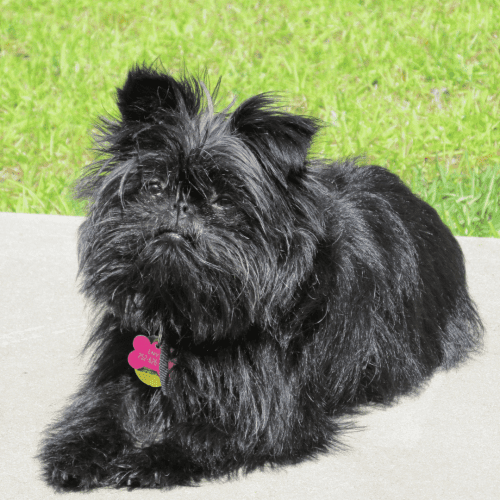
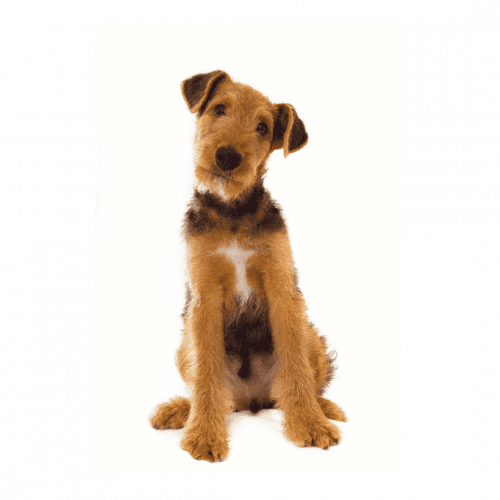

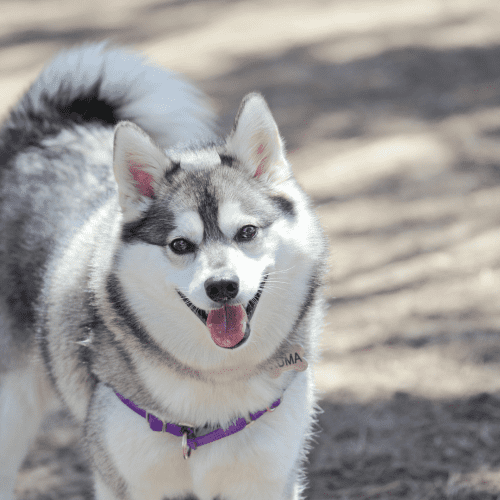
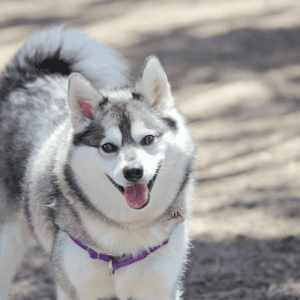
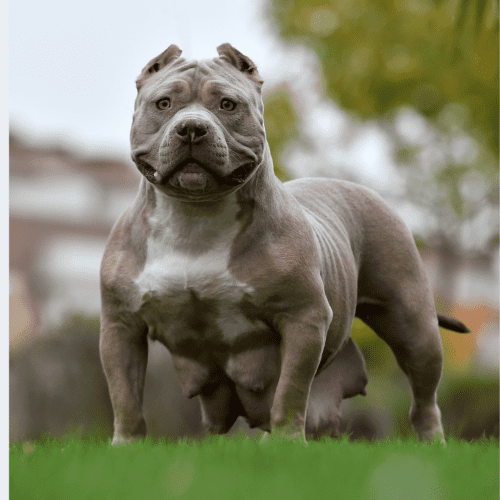

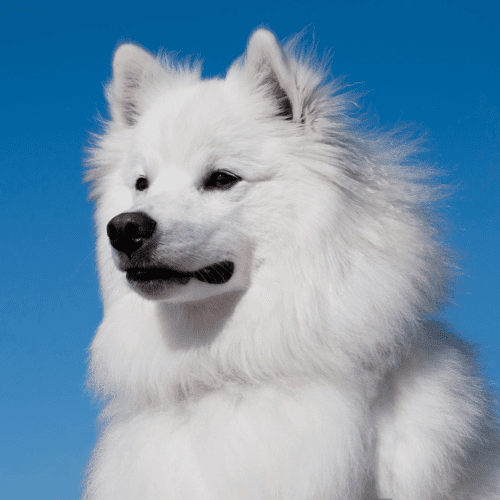
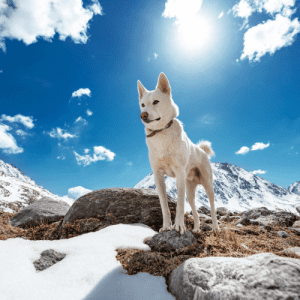
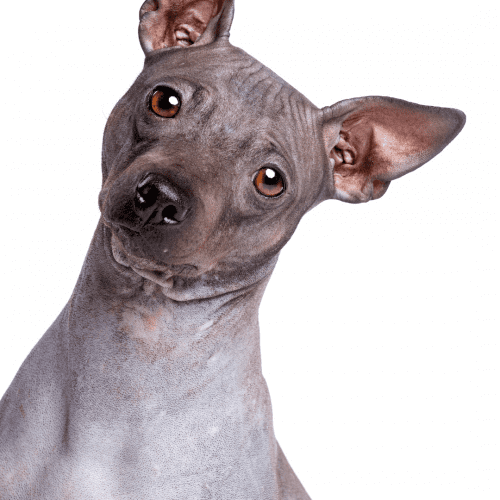
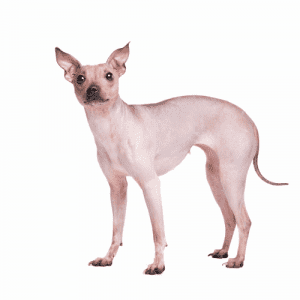
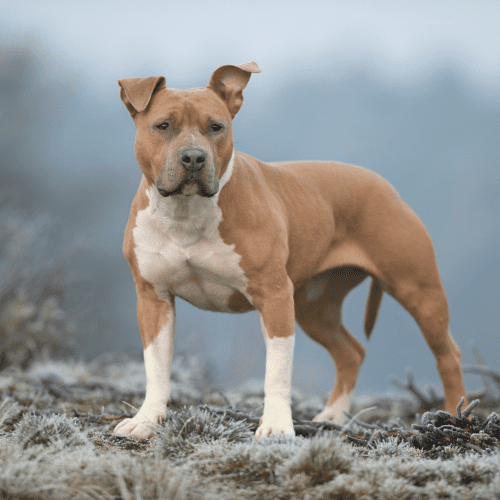
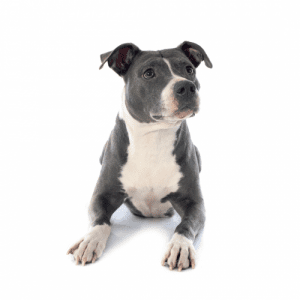
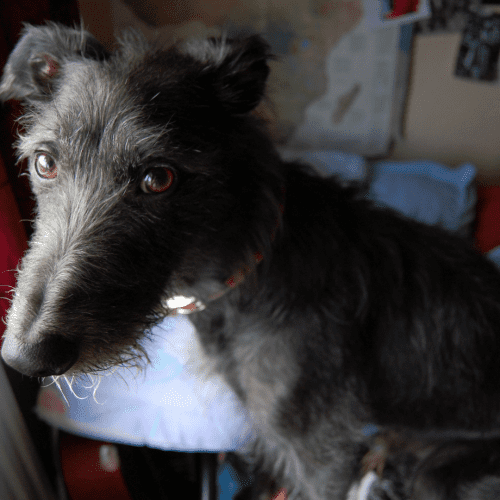

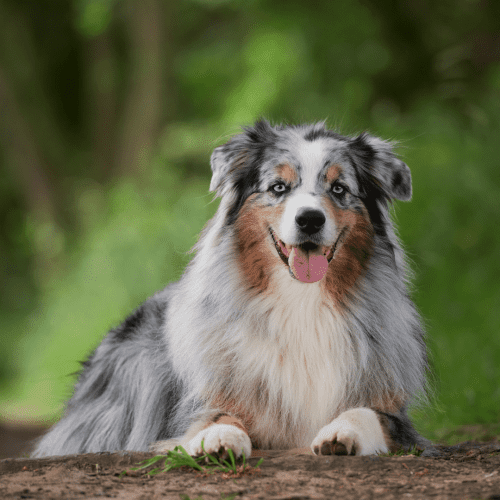

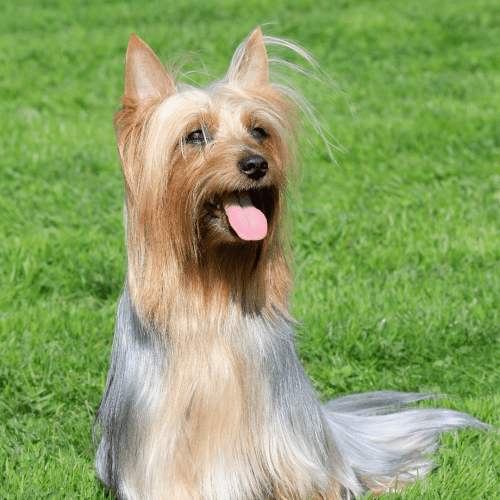
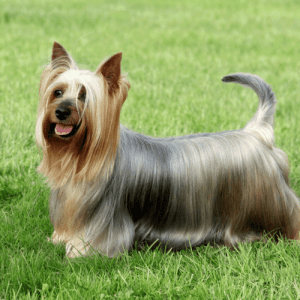
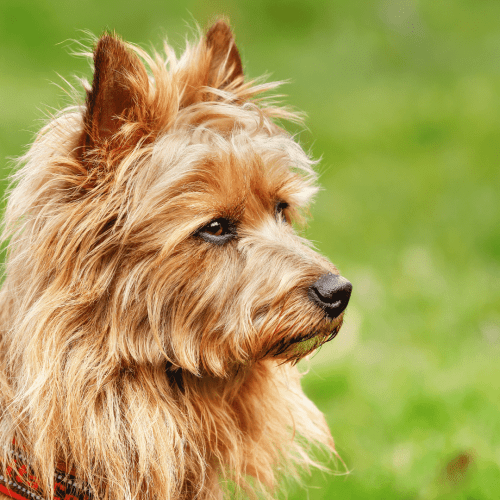

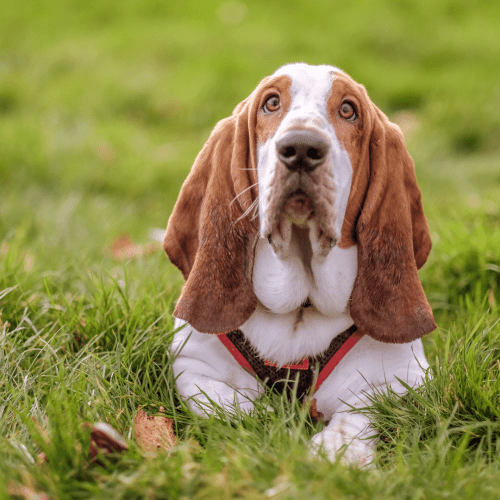

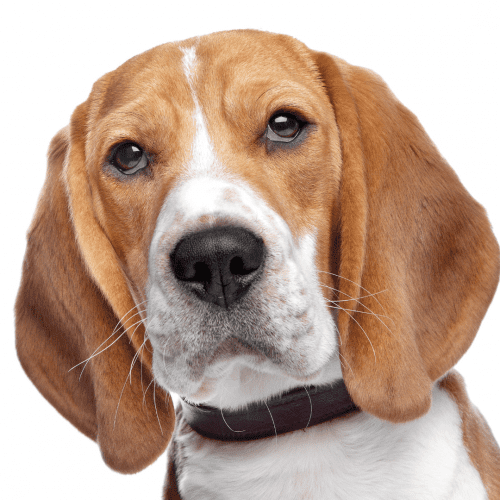

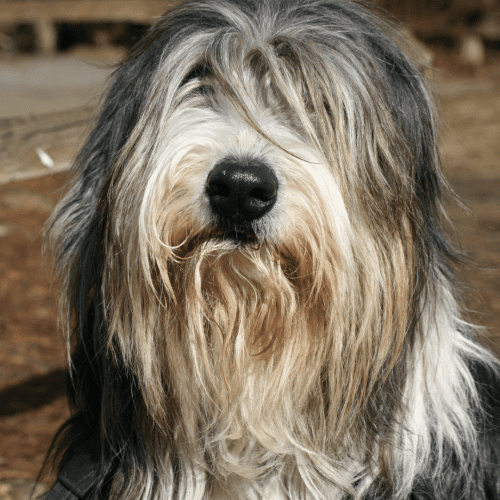

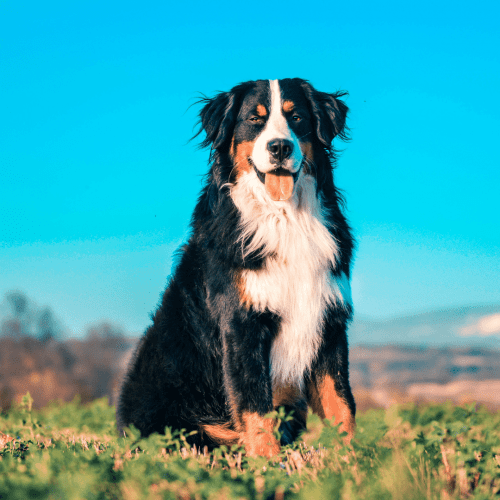

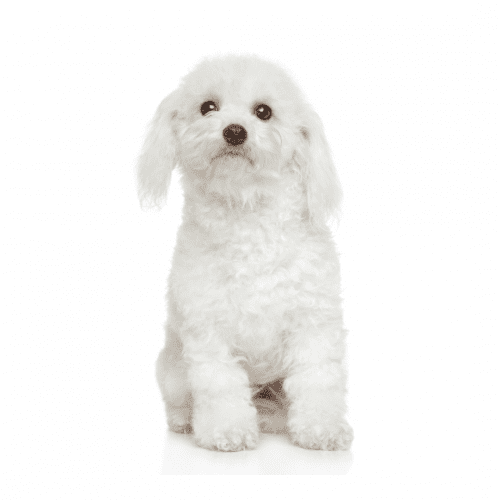


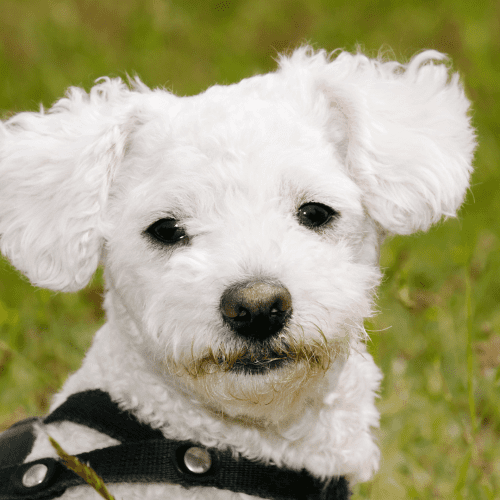

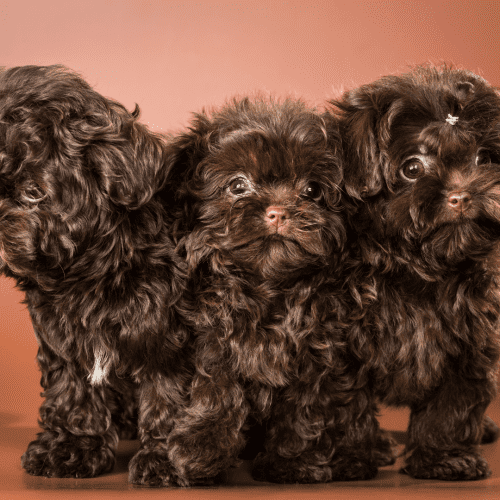

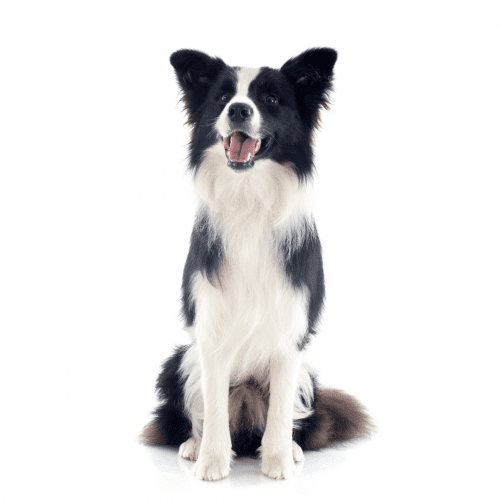

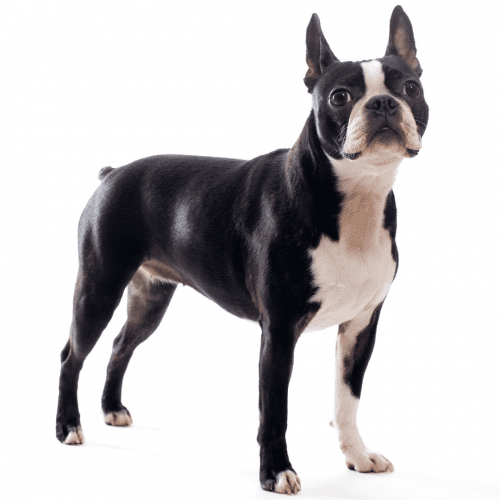

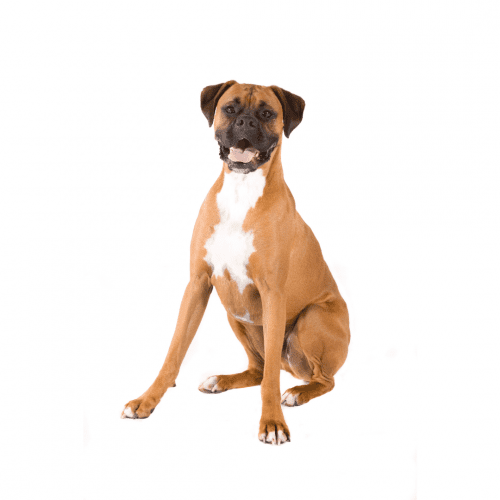

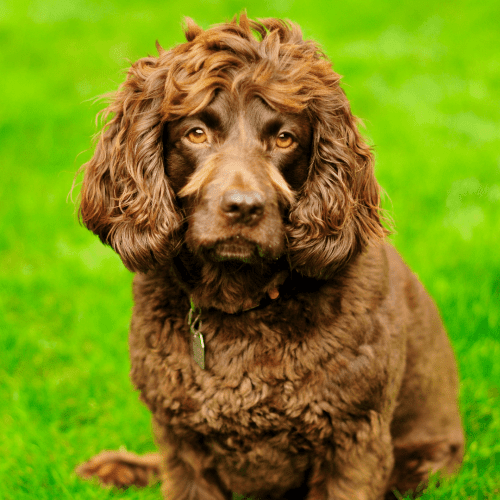
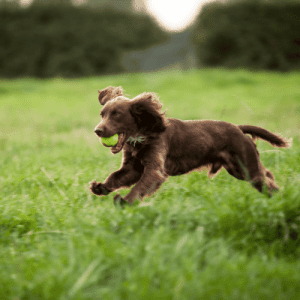
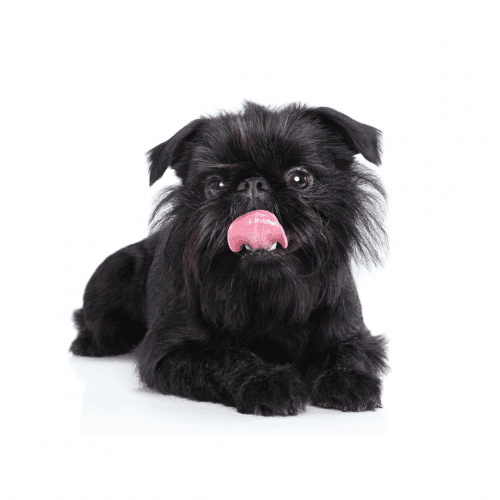
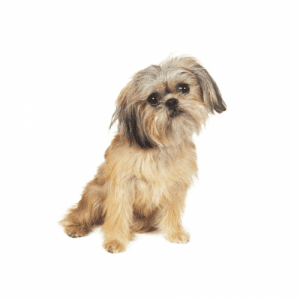
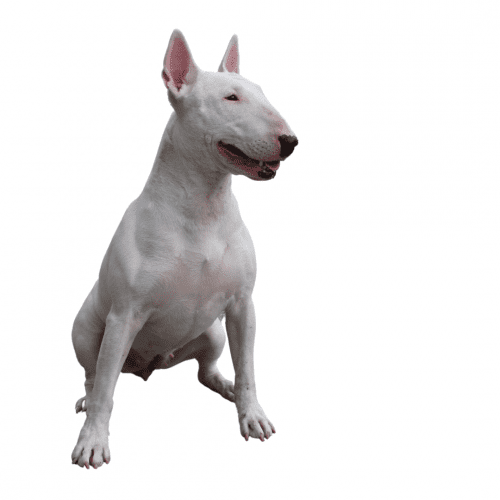

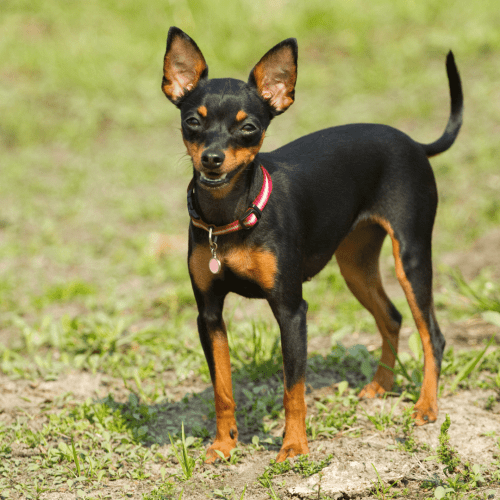
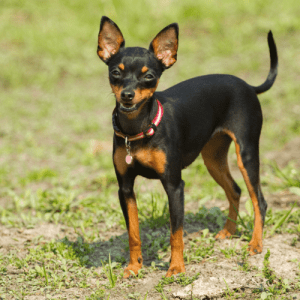
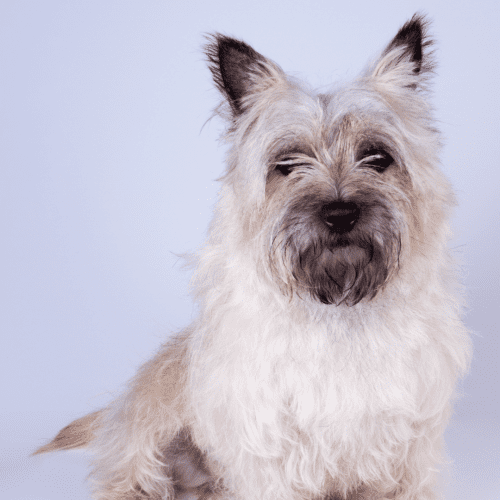

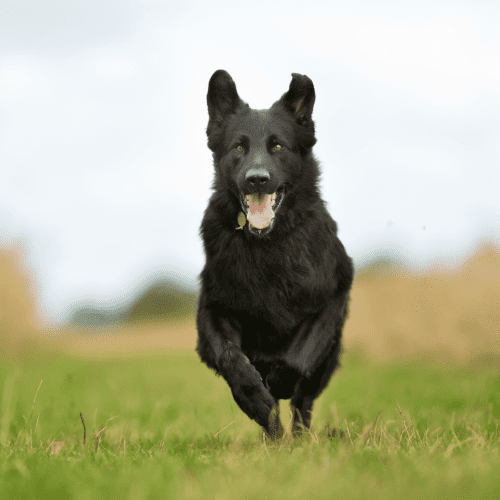
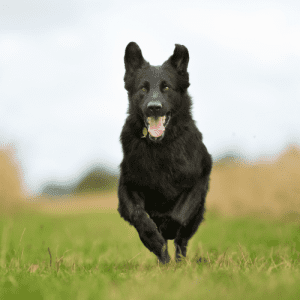
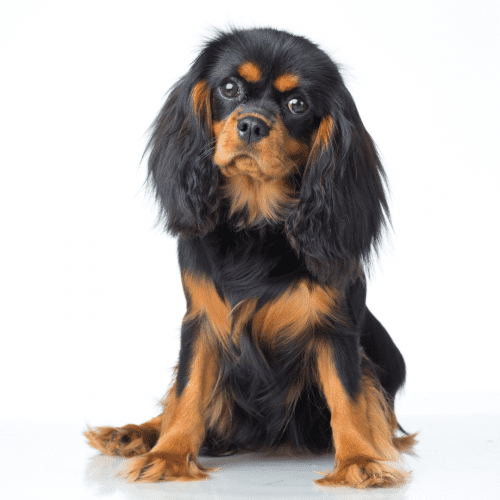
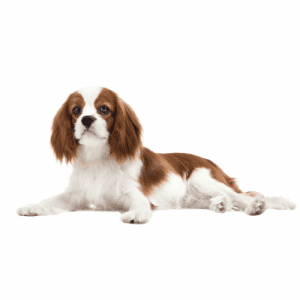
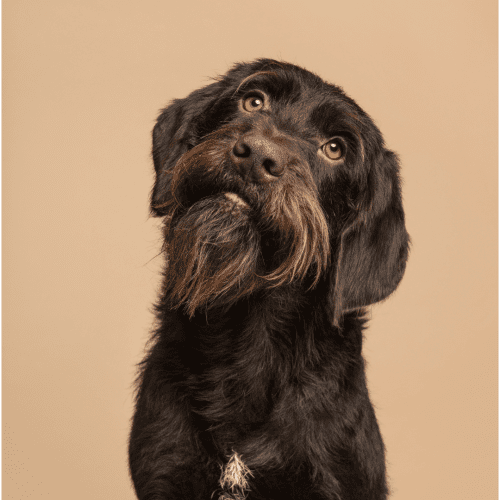

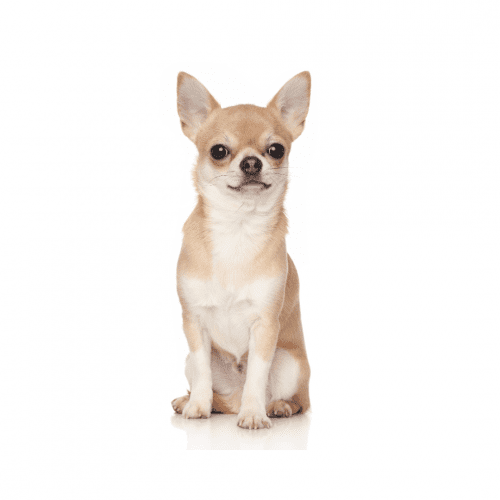





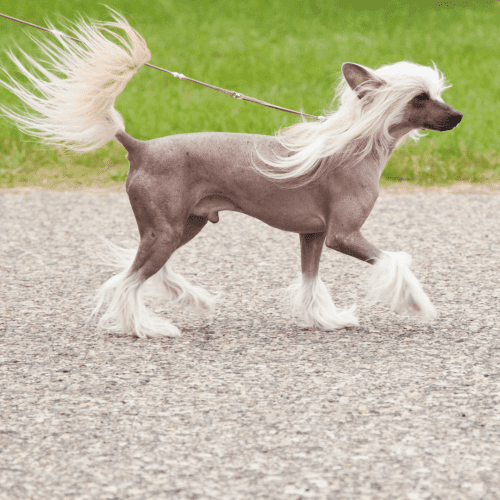
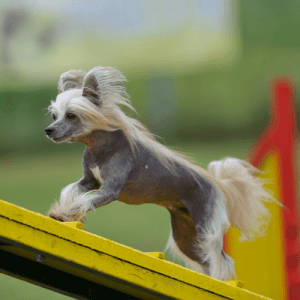
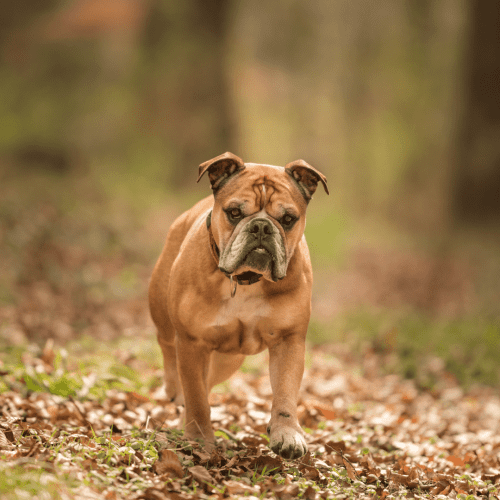

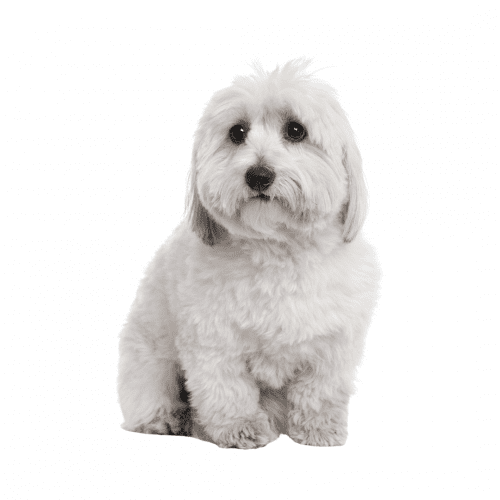
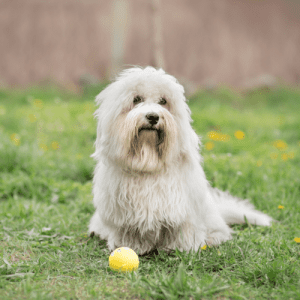
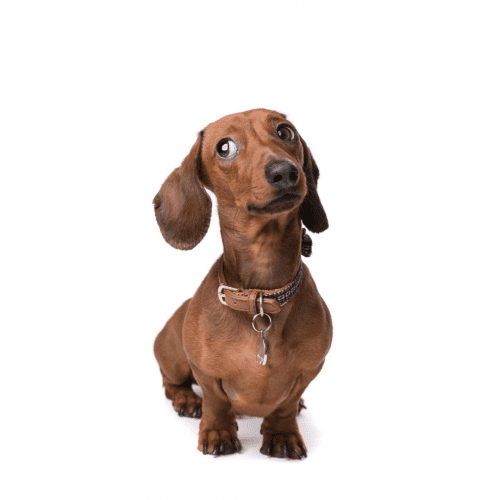

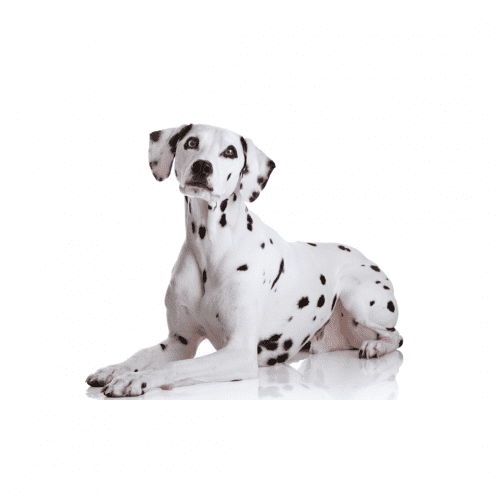

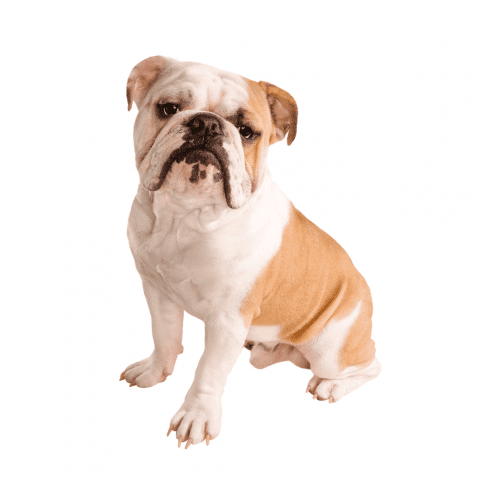

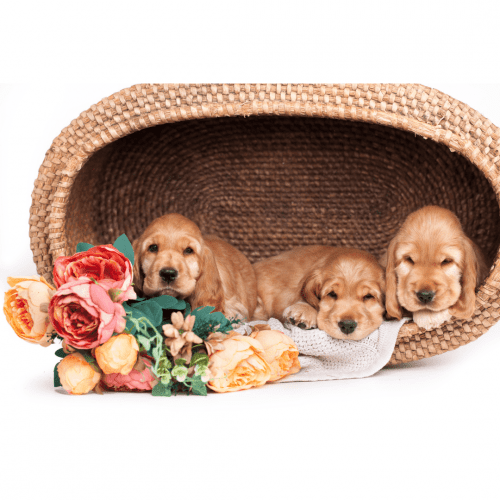
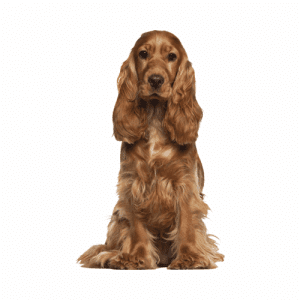
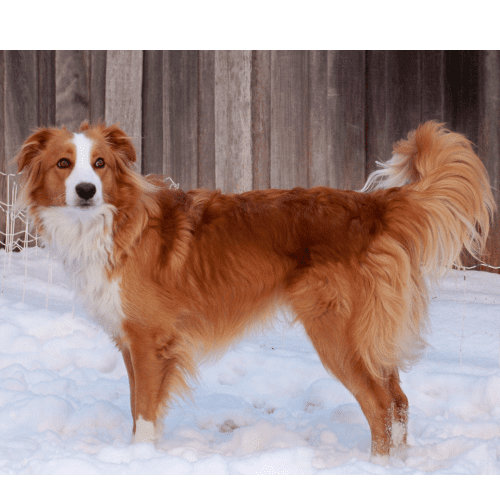

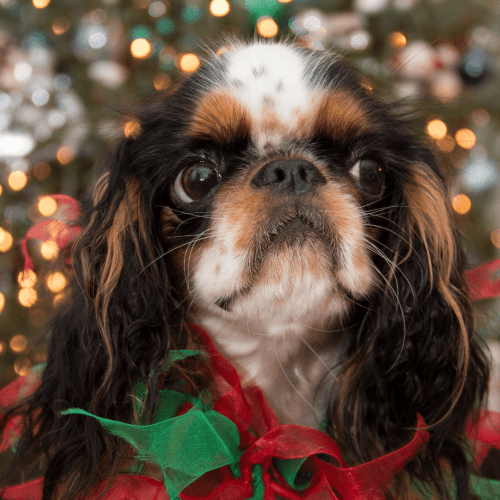
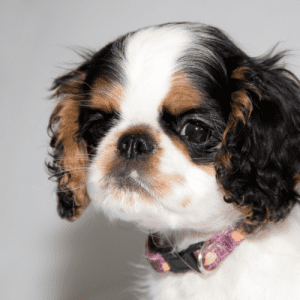
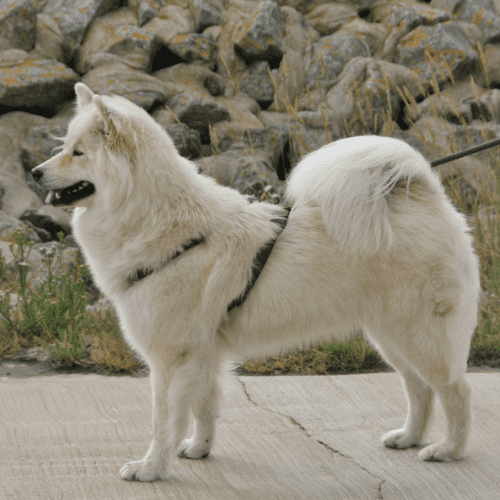
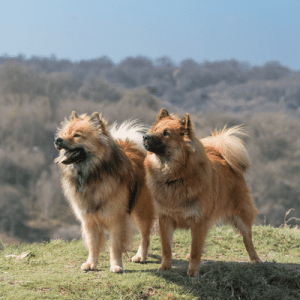
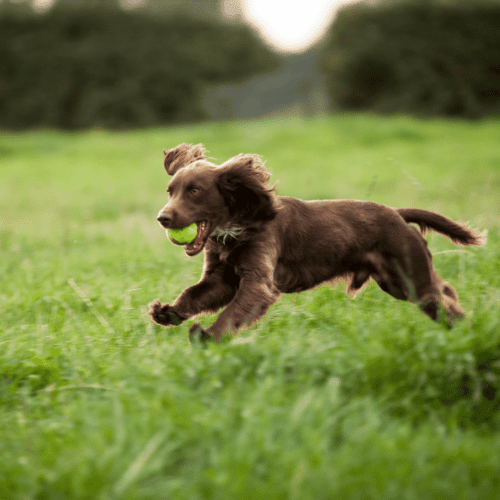

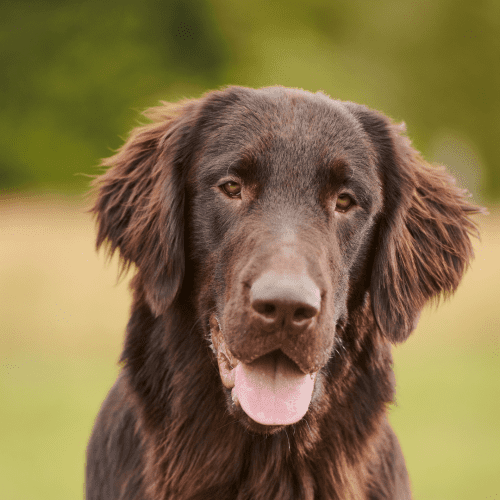
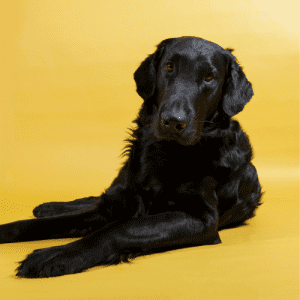
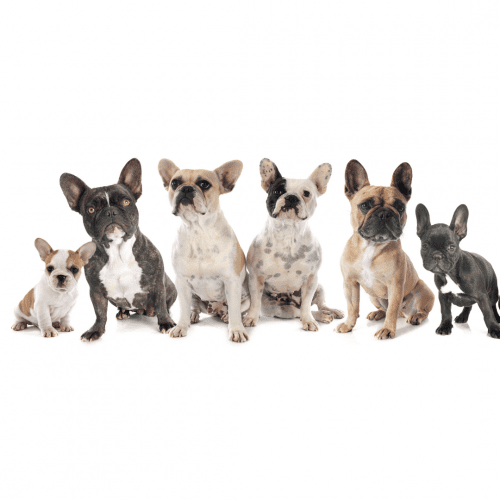

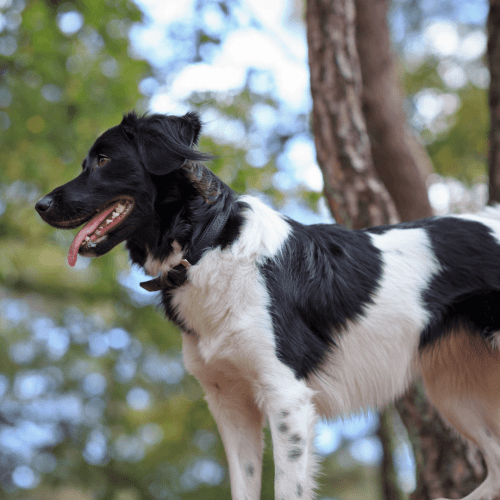
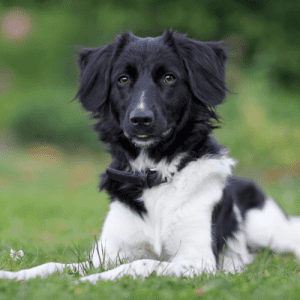
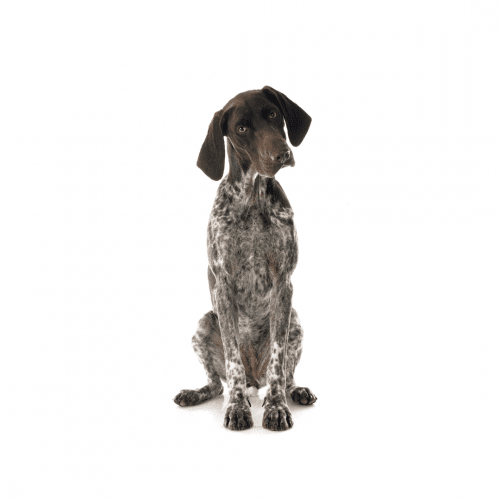
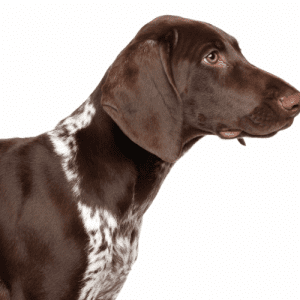
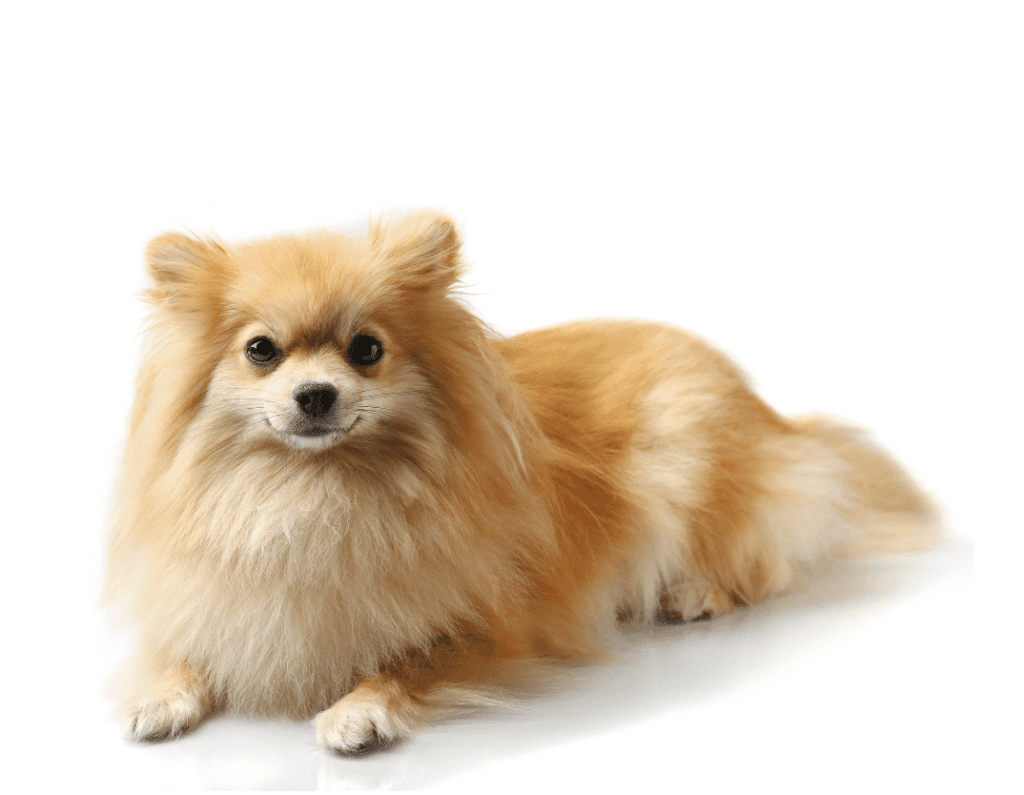
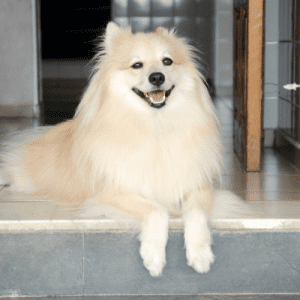
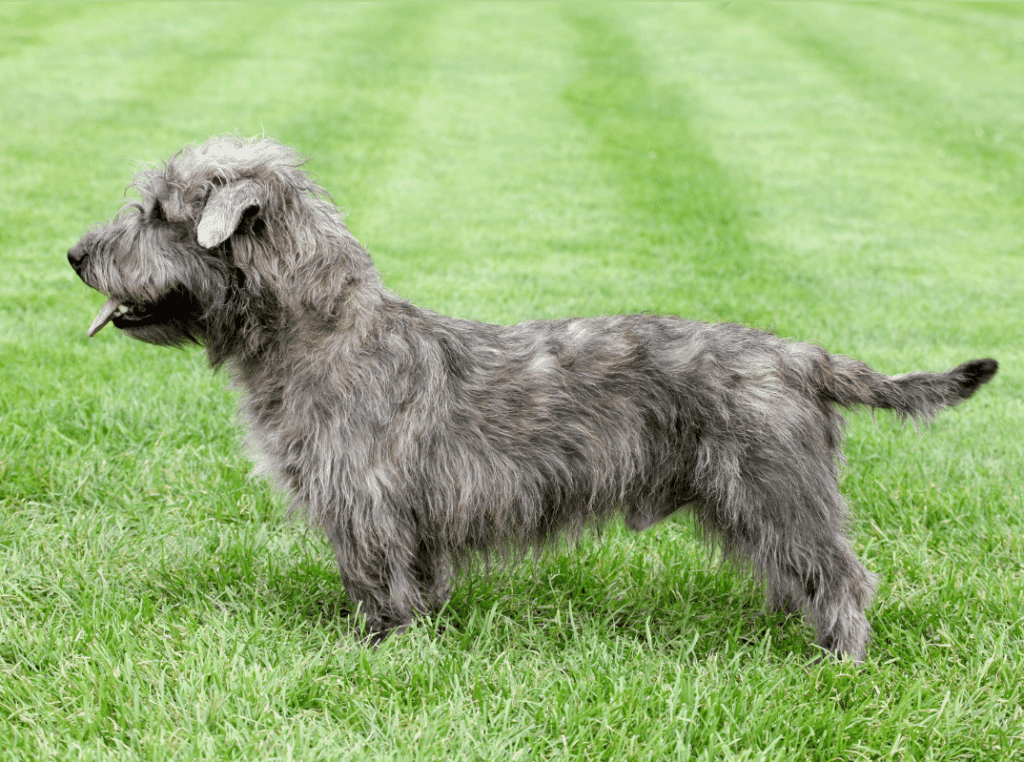
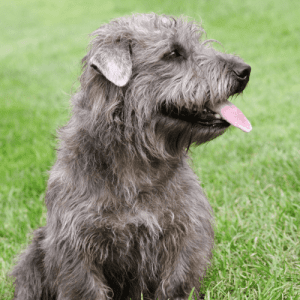
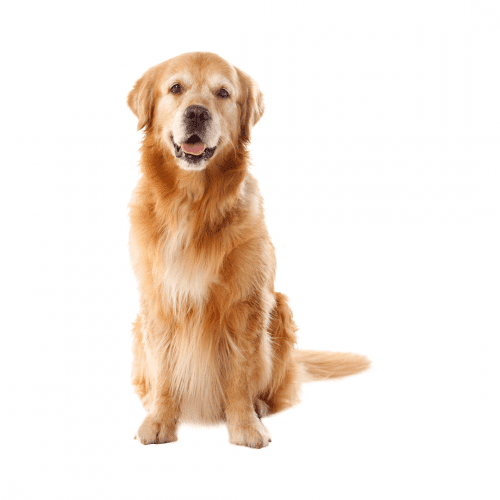

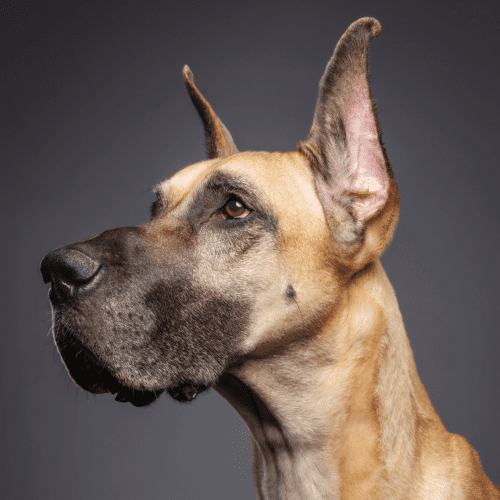

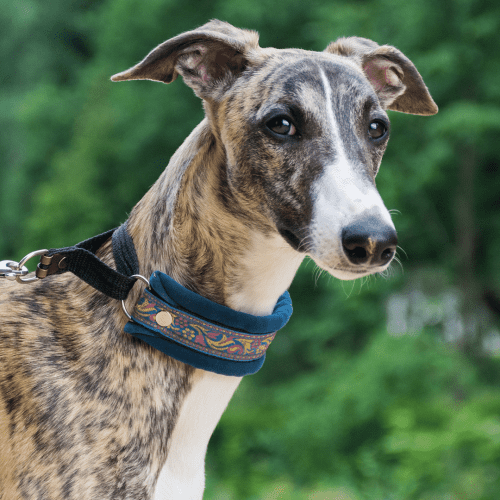

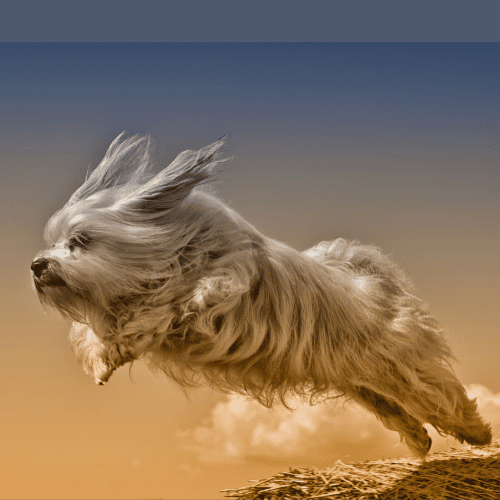

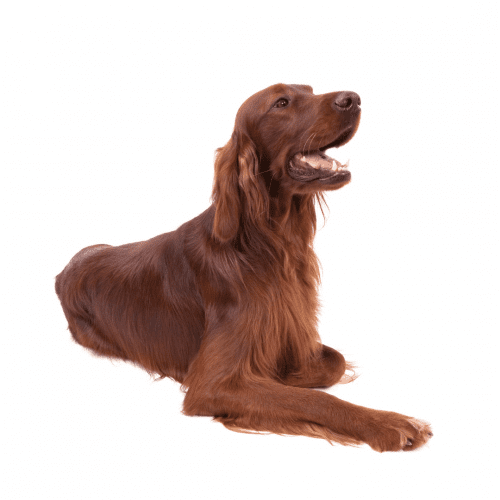

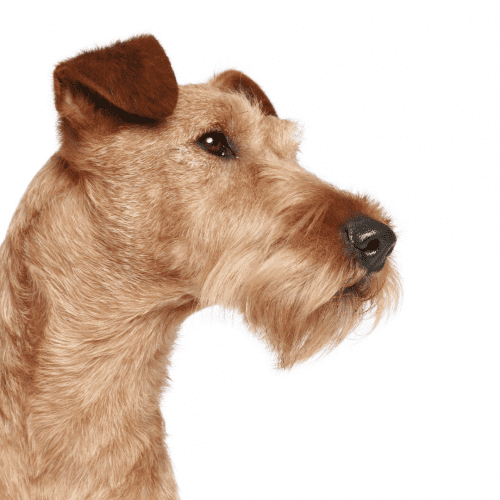

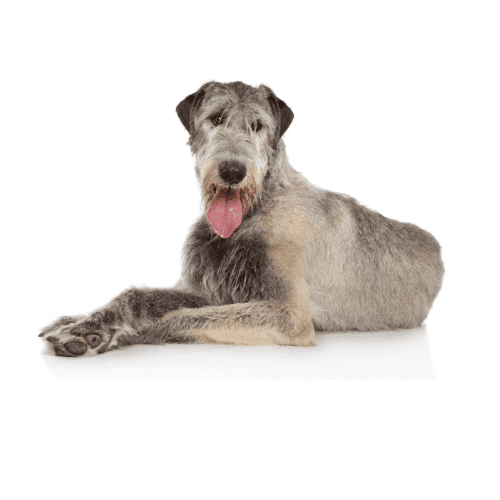

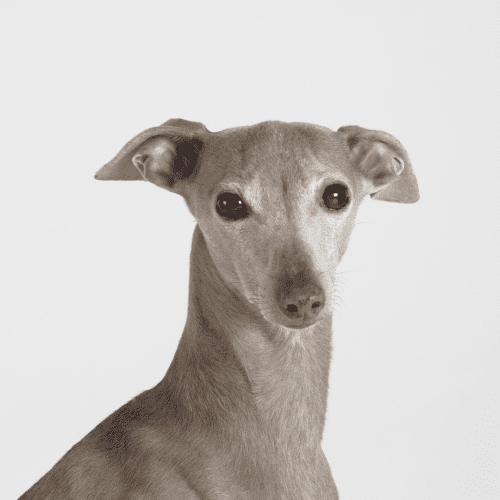

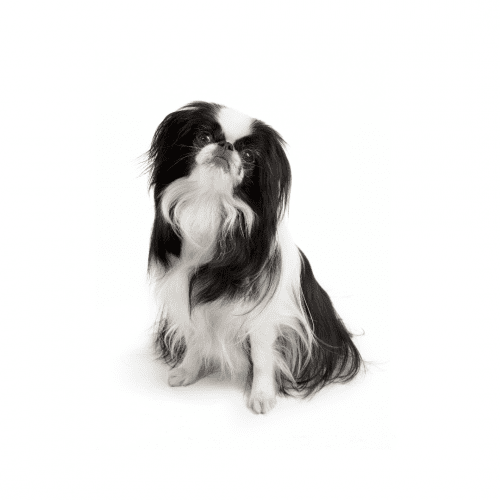

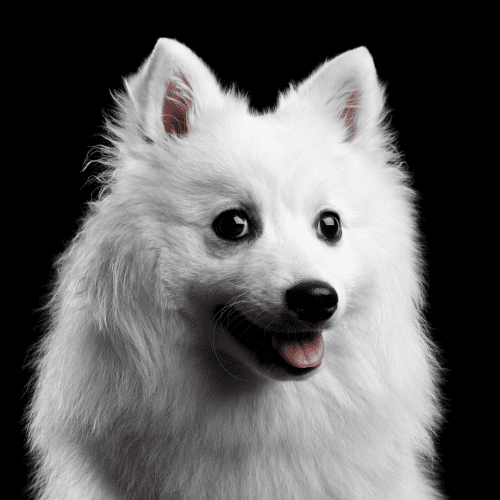
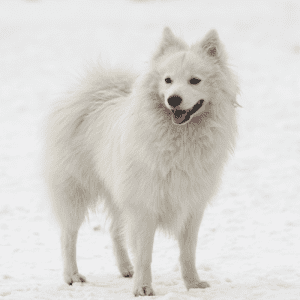
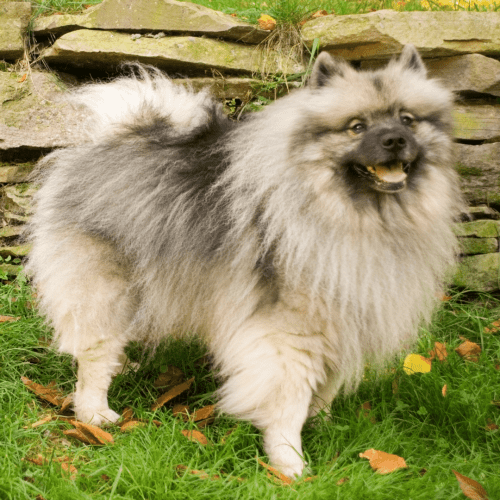

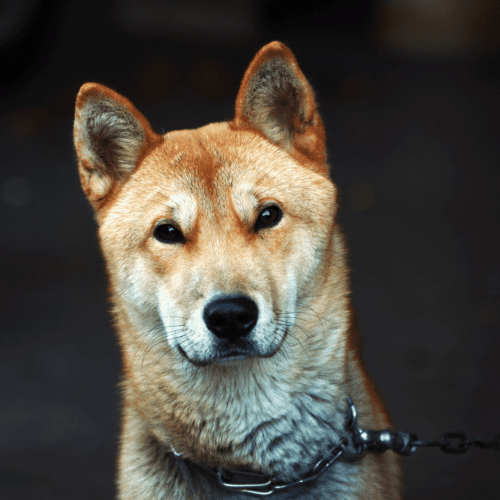
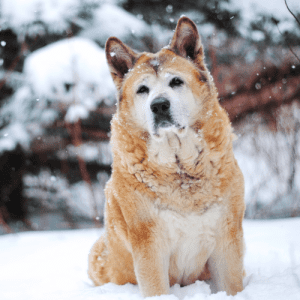
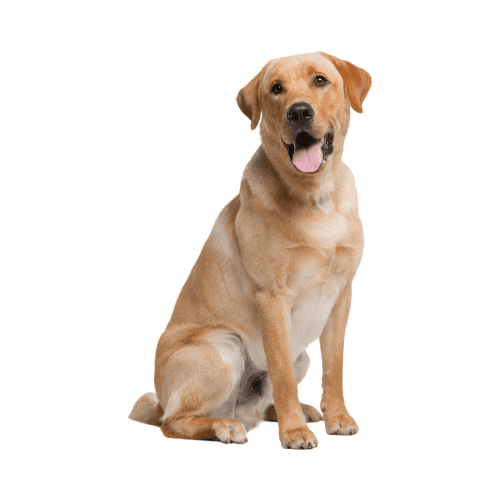

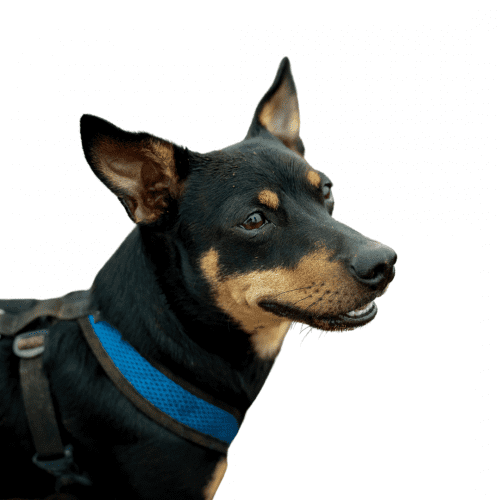
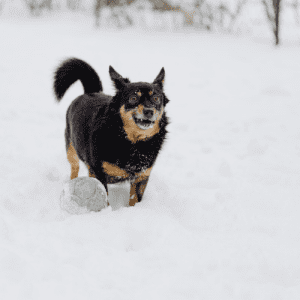
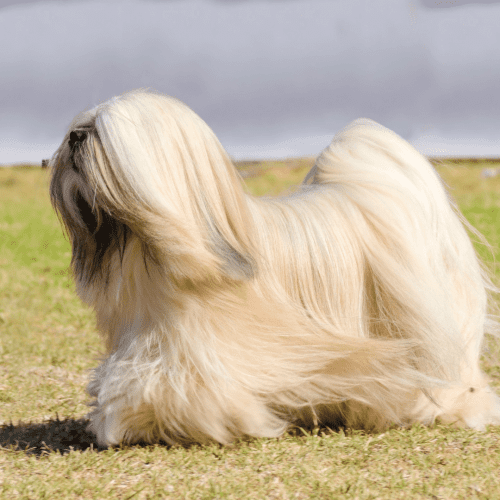

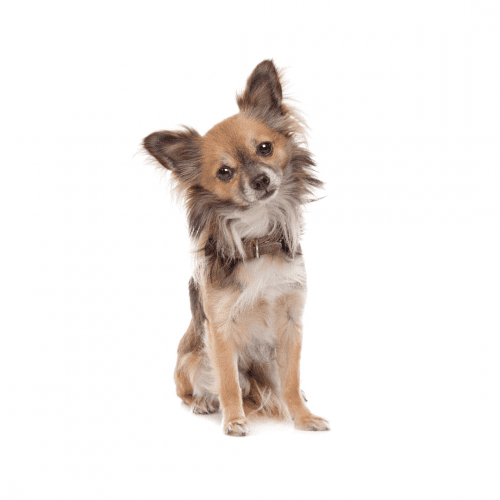

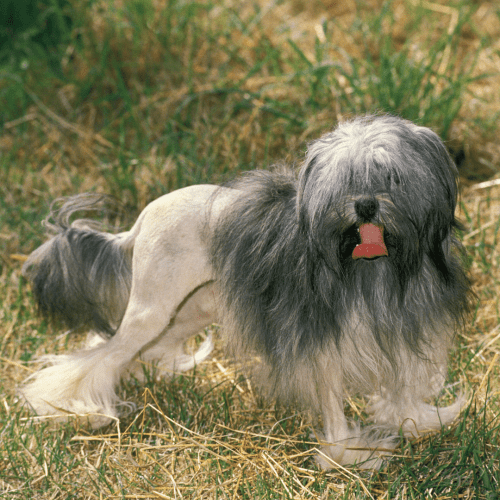

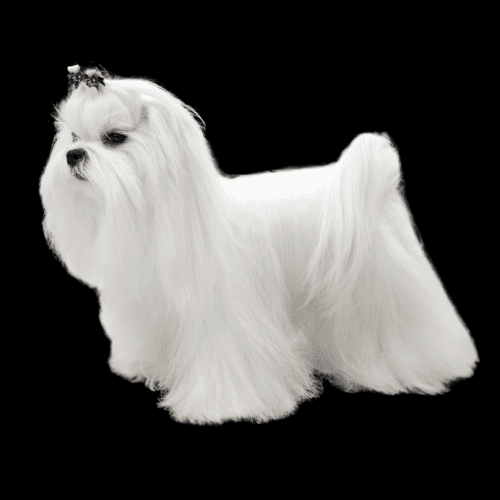

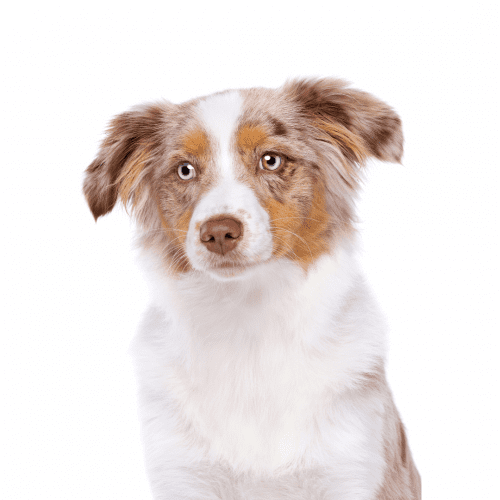

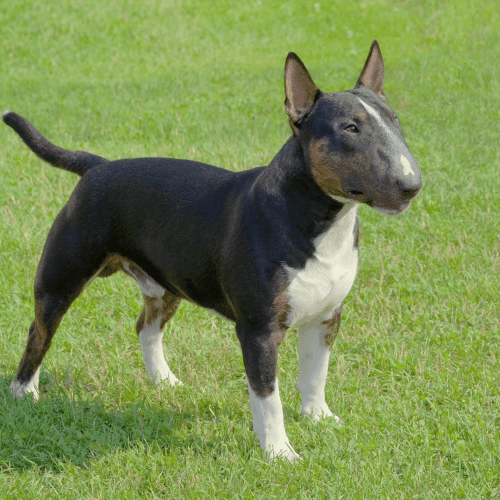

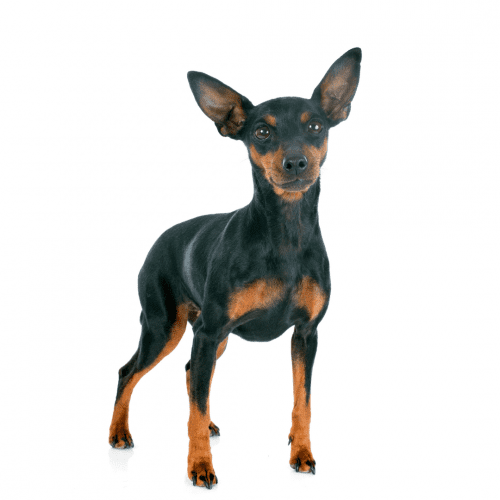
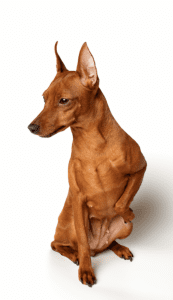
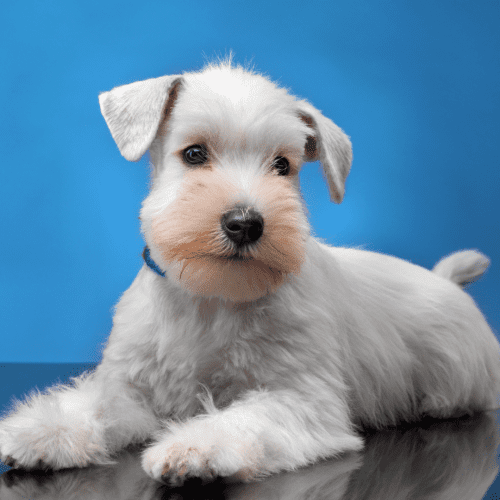

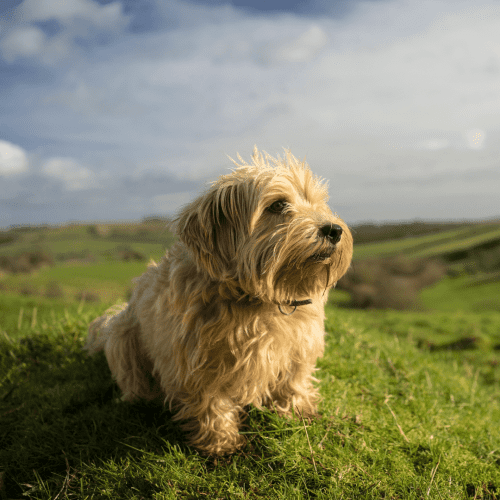

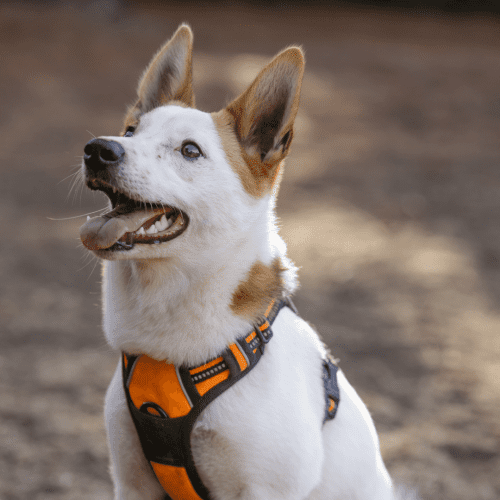

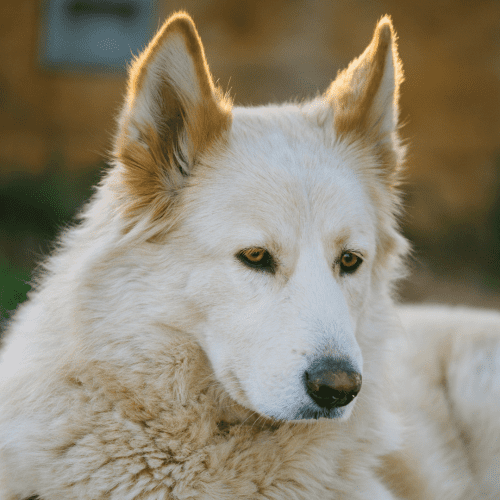

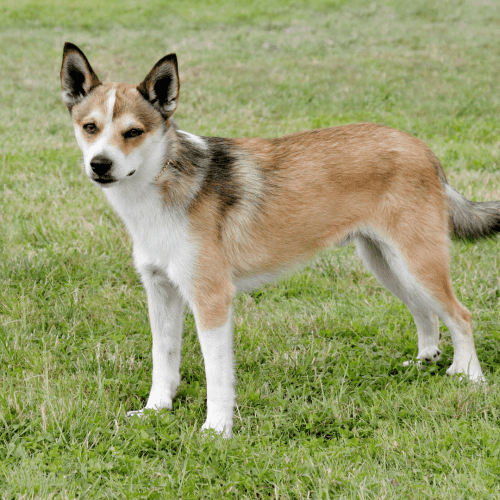

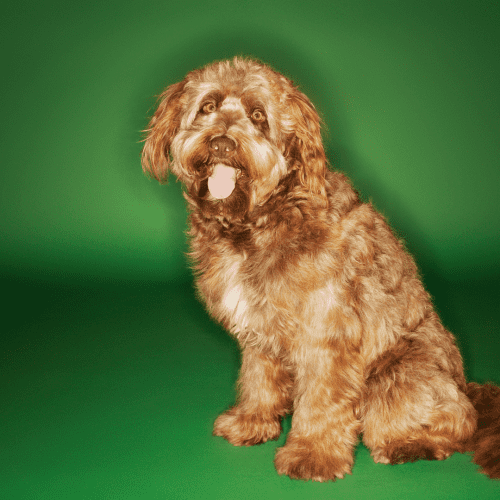

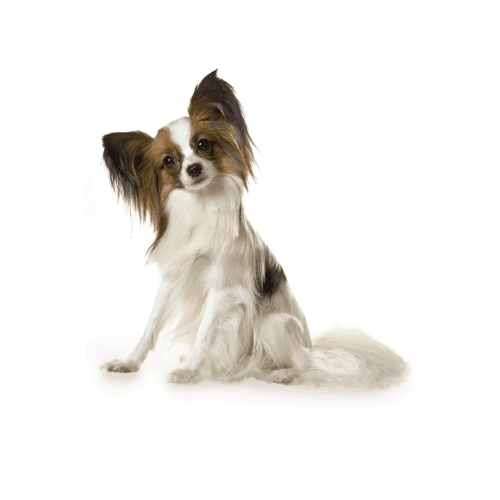
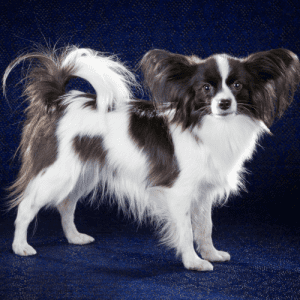
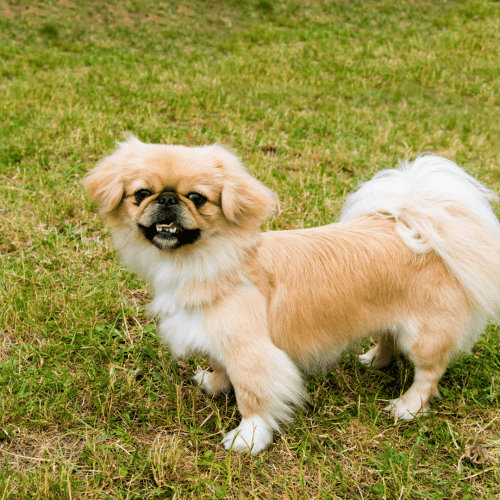

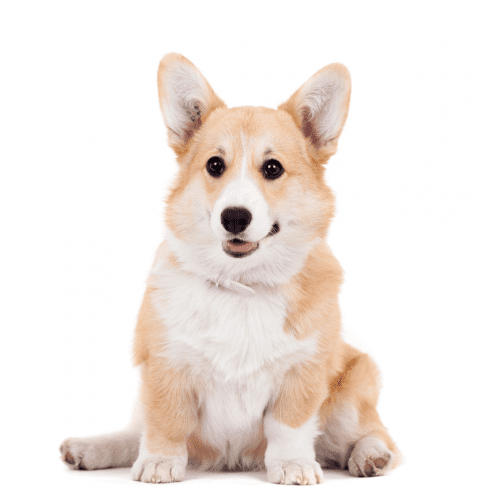
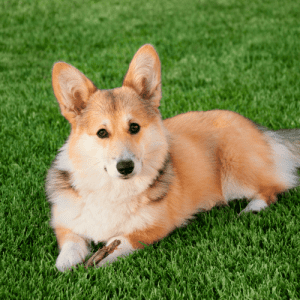
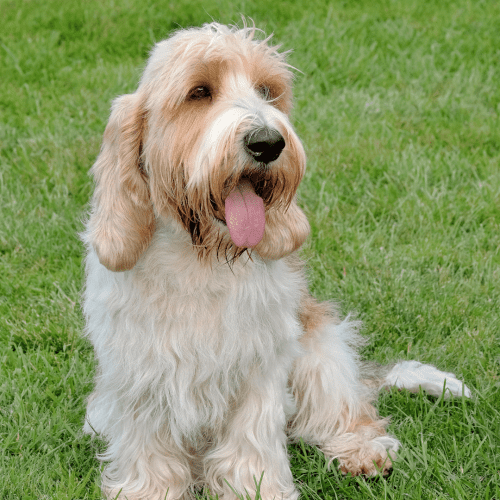

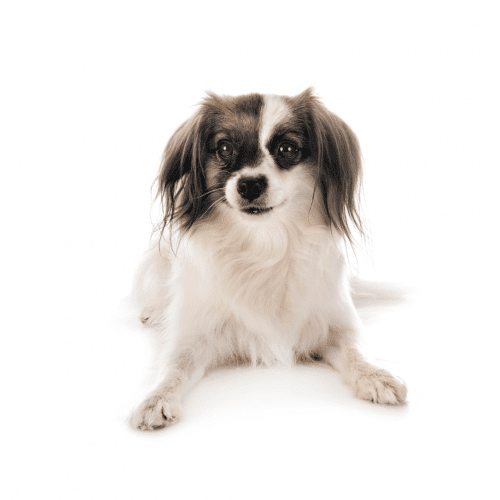

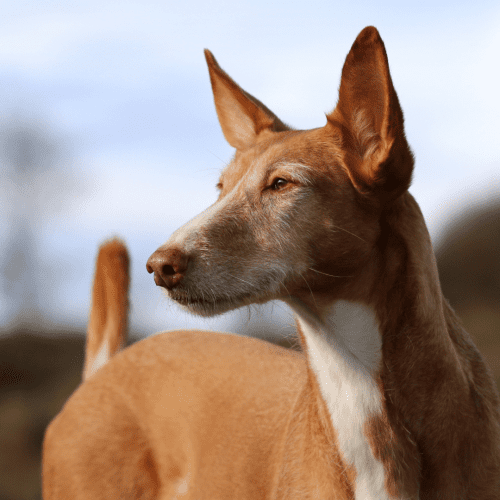
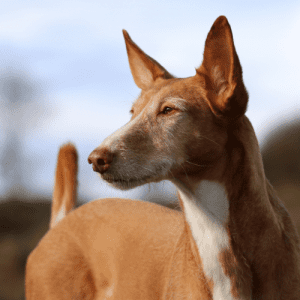
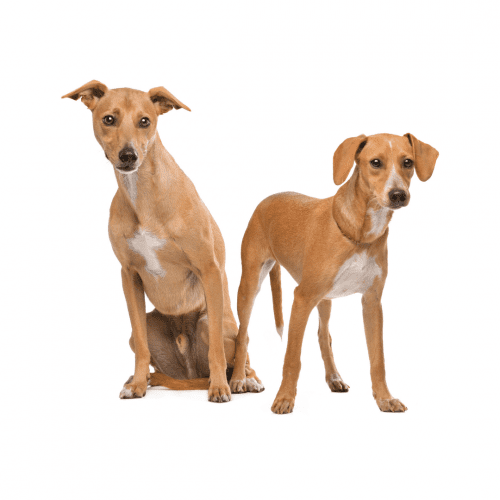

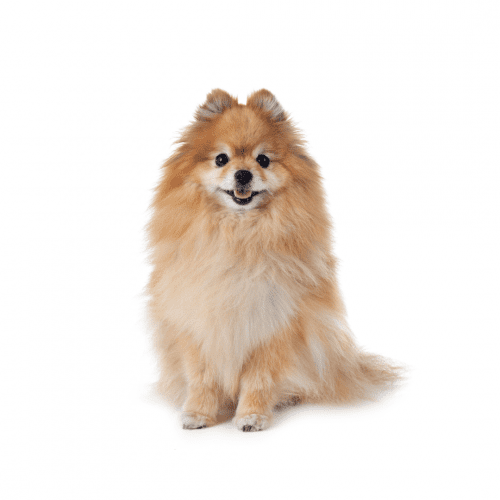

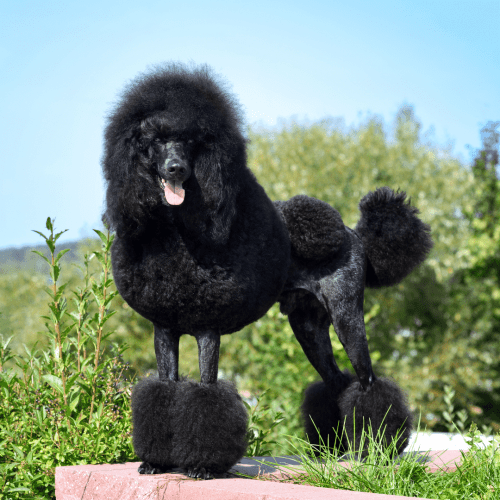

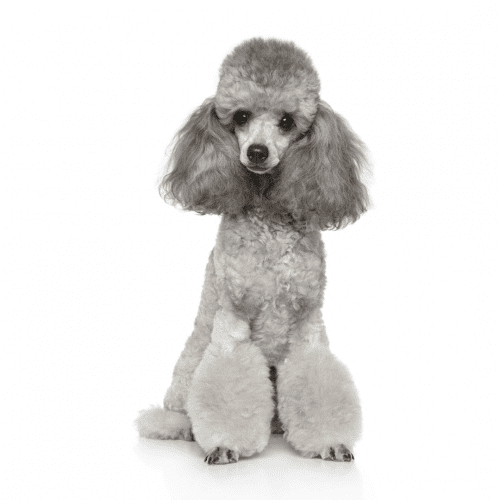

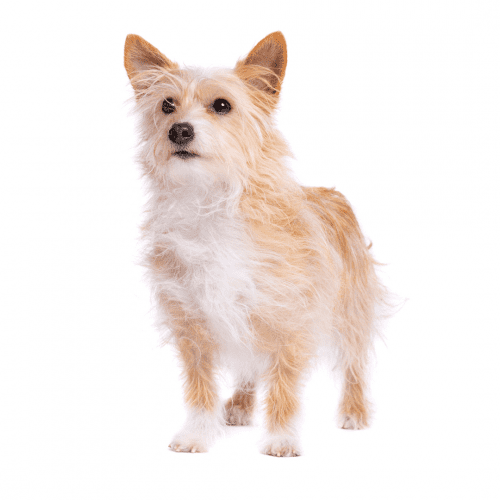
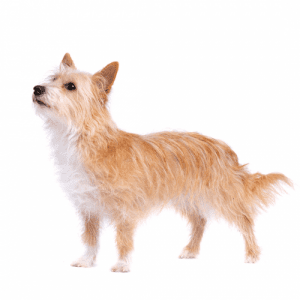
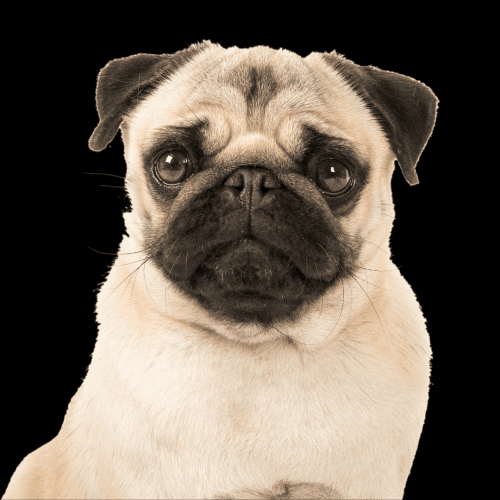

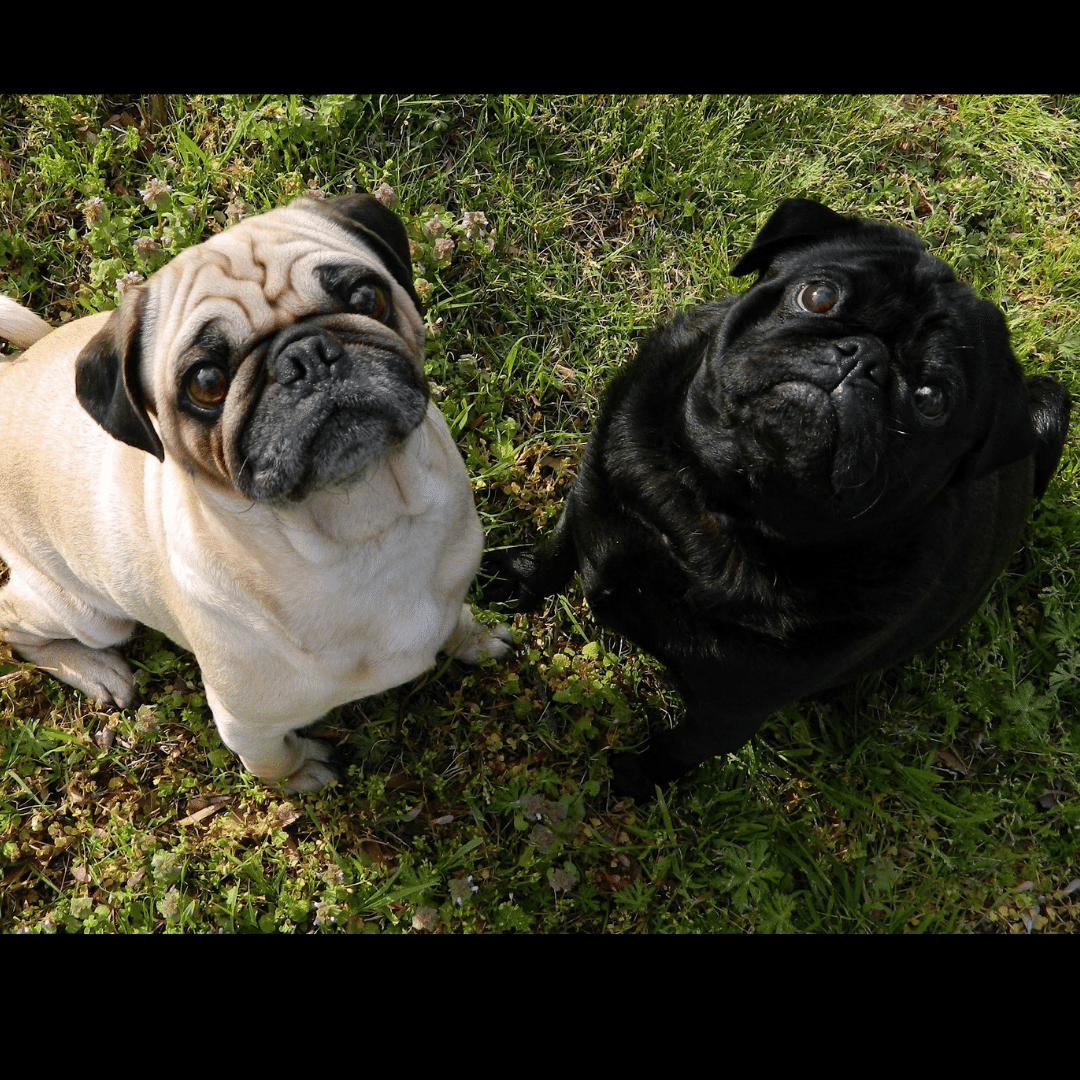
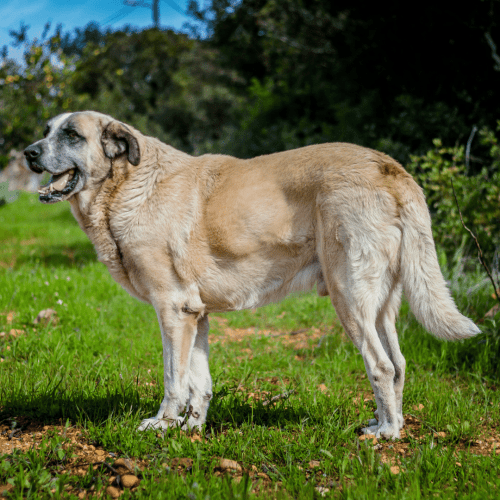

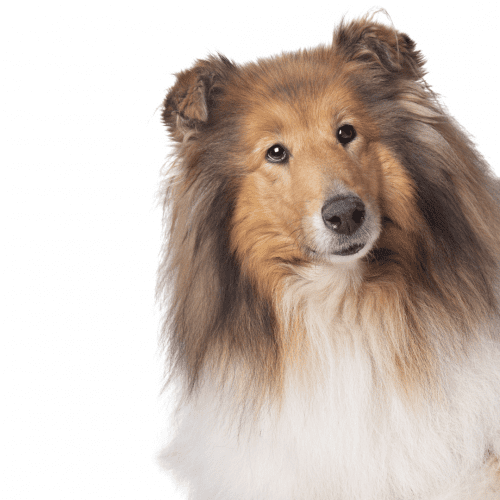
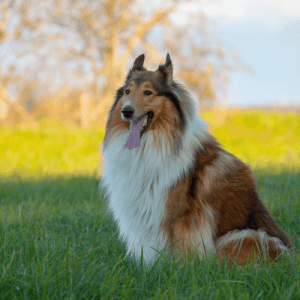
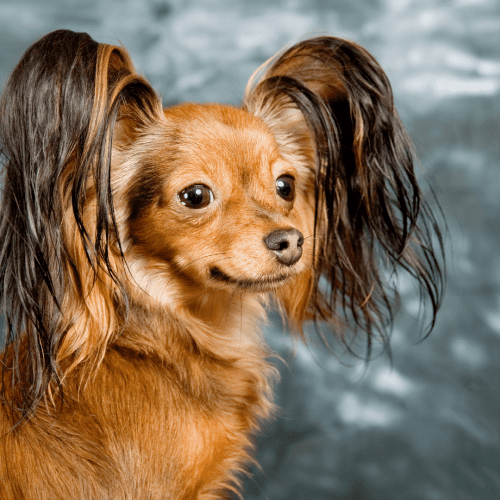
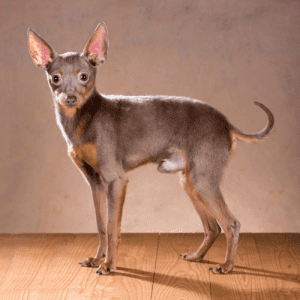
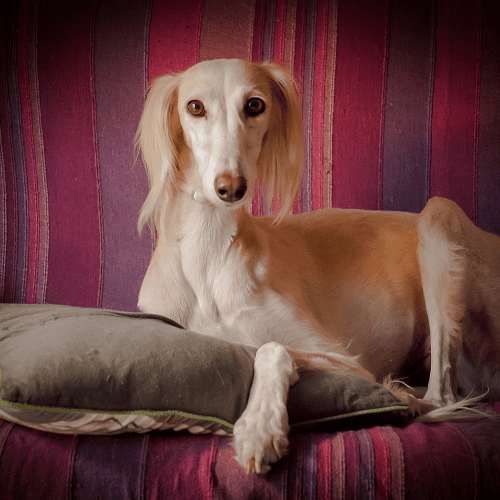

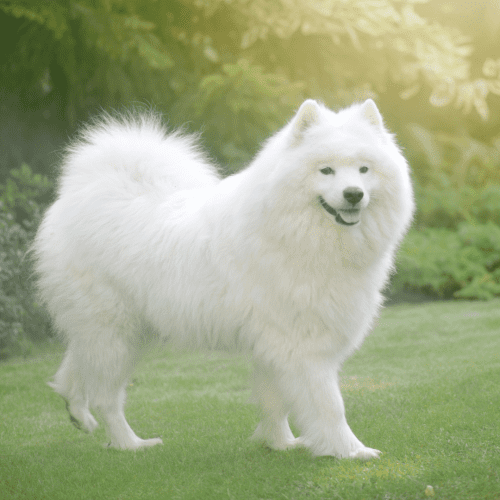

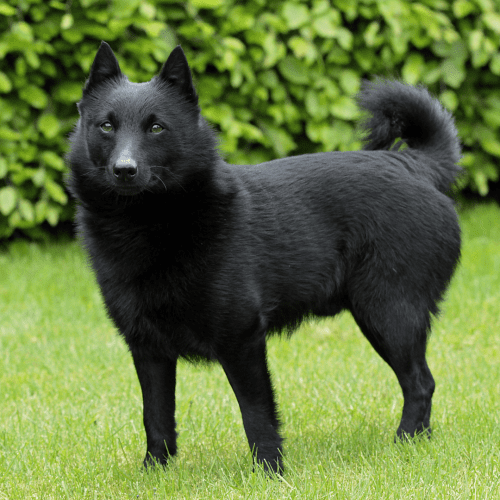

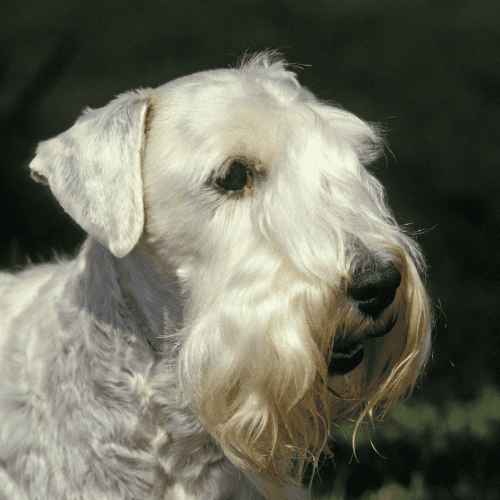
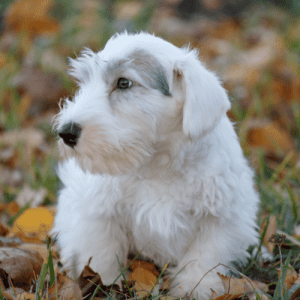 What Is The History Of The Sealyham Terrier Dog Breed?
What Is The History Of The Sealyham Terrier Dog Breed?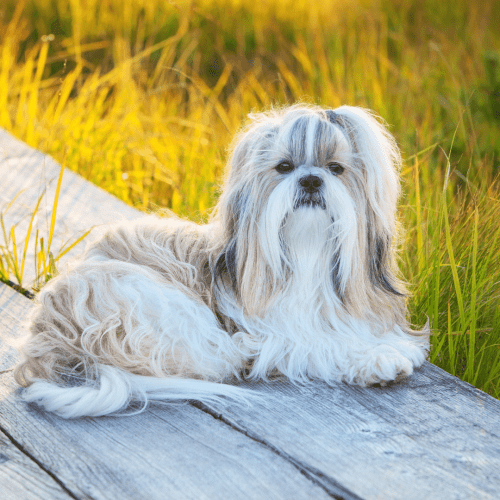
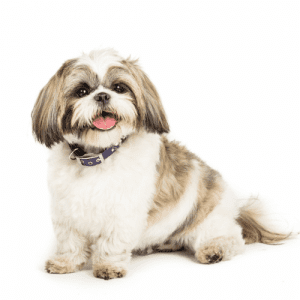 What Is The History Of The Shih Tzu Dog Breed?
What Is The History Of The Shih Tzu Dog Breed?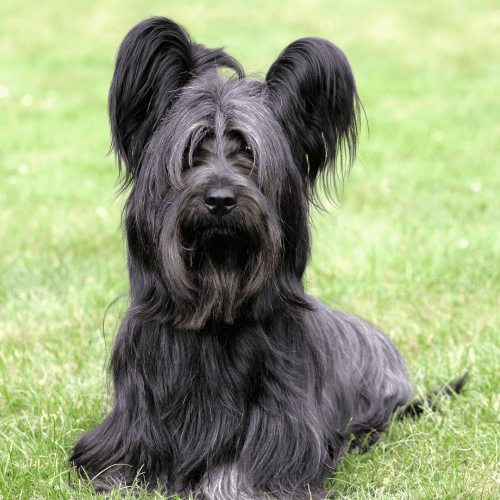
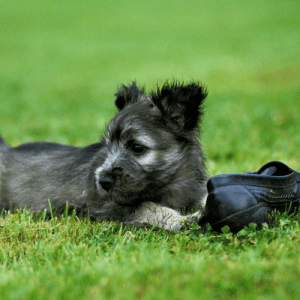 What Is The History Of The Skye Terrier Dog Breed?
What Is The History Of The Skye Terrier Dog Breed?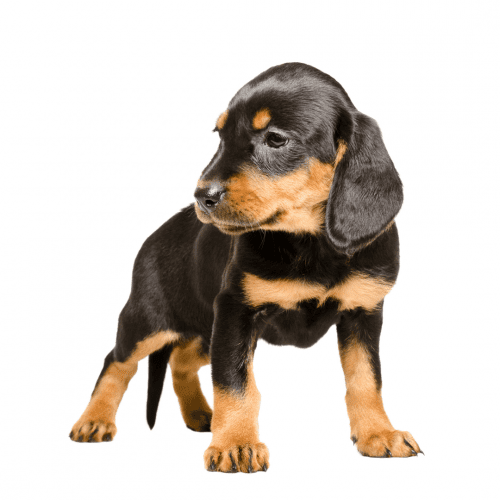
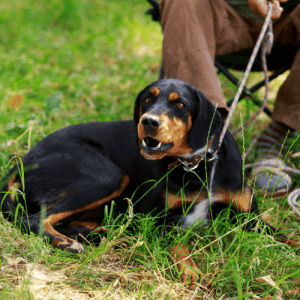 What Is The History Of The Slovensky Kopov Dog Breed?
What Is The History Of The Slovensky Kopov Dog Breed?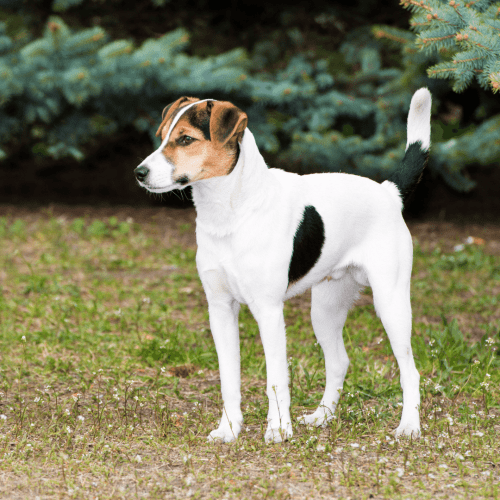
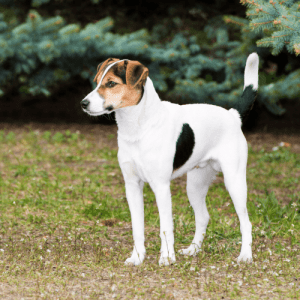 What Is The History Of The Smooth Fox Terrier Breed?
What Is The History Of The Smooth Fox Terrier Breed?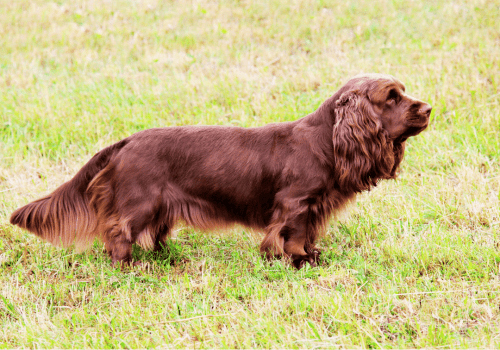

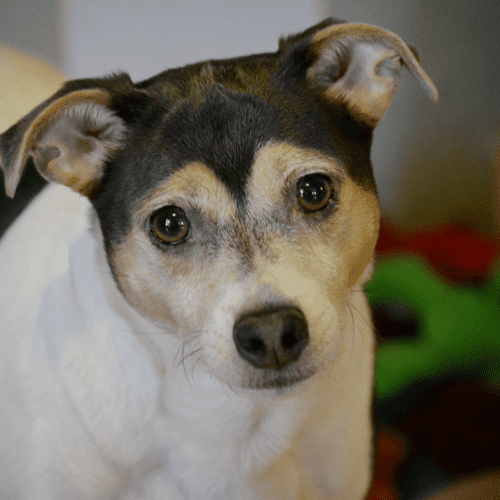
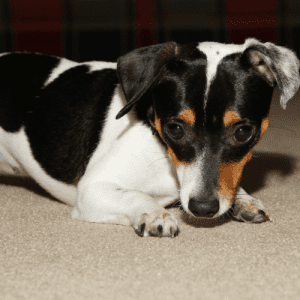
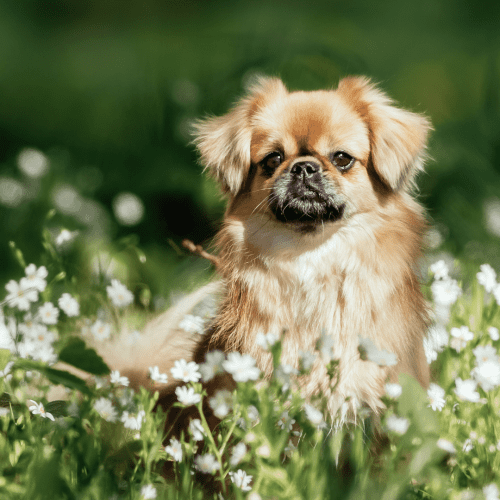

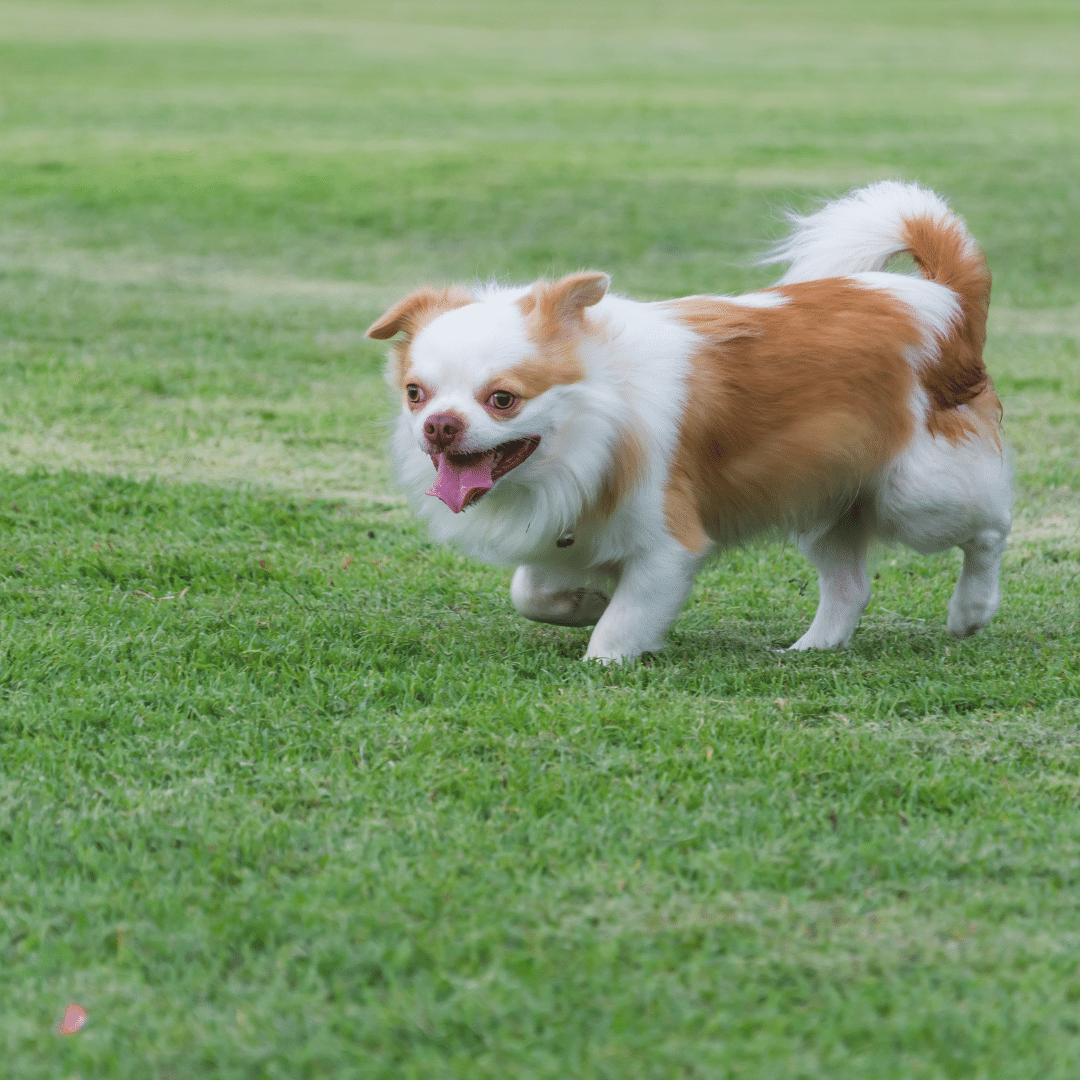 Dog?
Dog?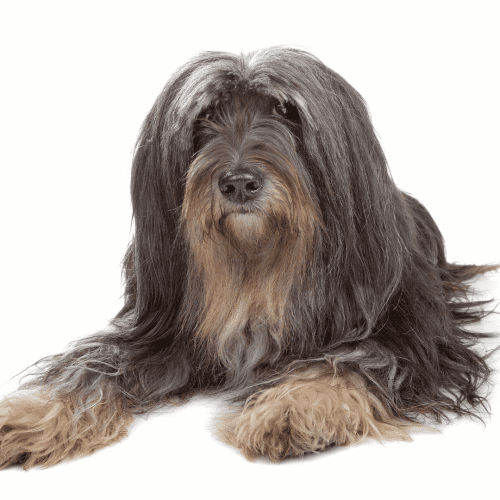

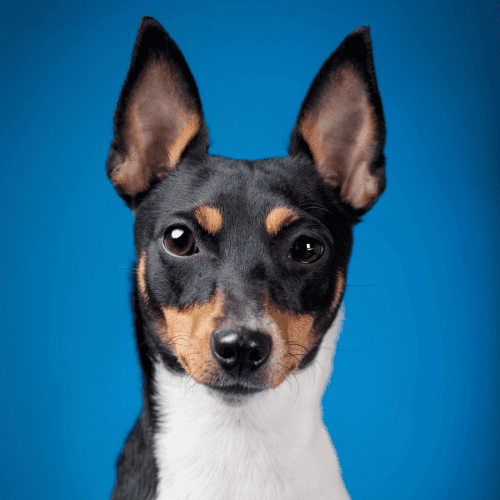

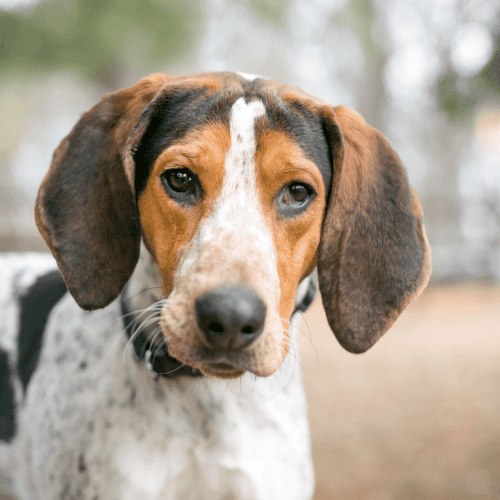
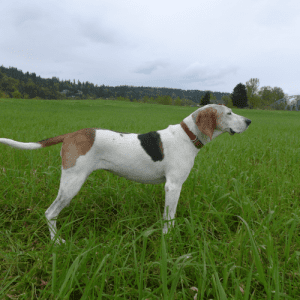
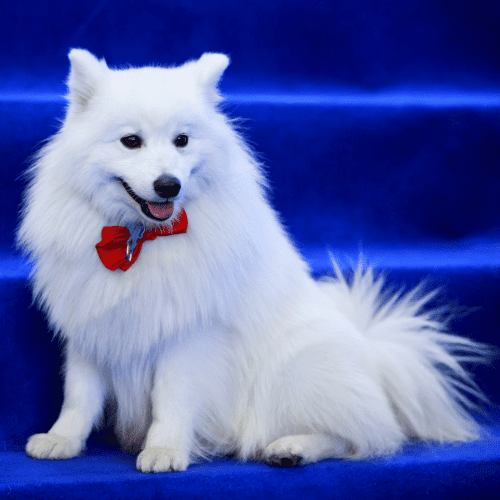
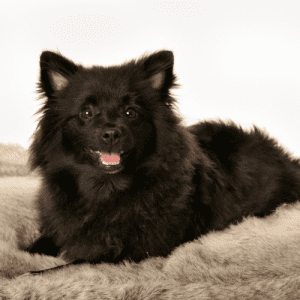
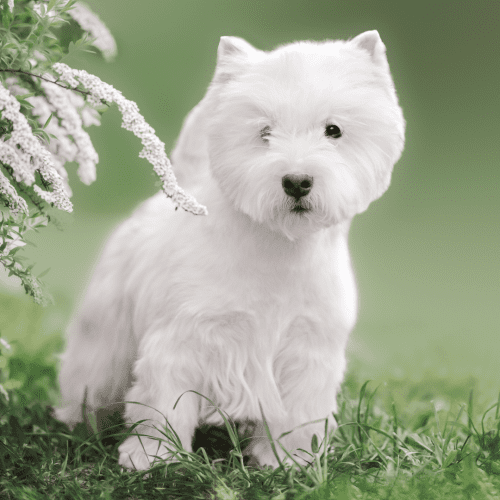
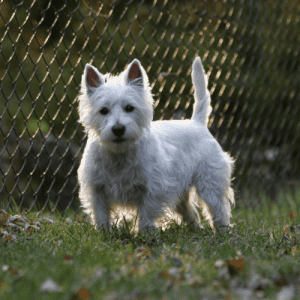
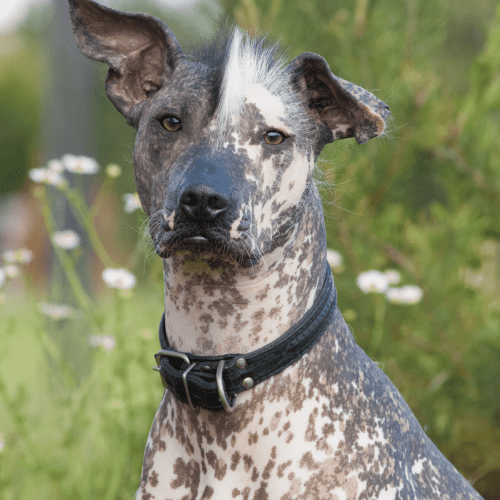
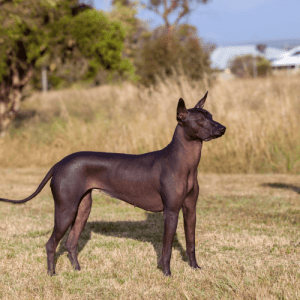 What Is The History Of The Xoloitzcuintle Dog Breed (aka Xoloitzcuintli, Mexican Hairless)?
What Is The History Of The Xoloitzcuintle Dog Breed (aka Xoloitzcuintli, Mexican Hairless)?